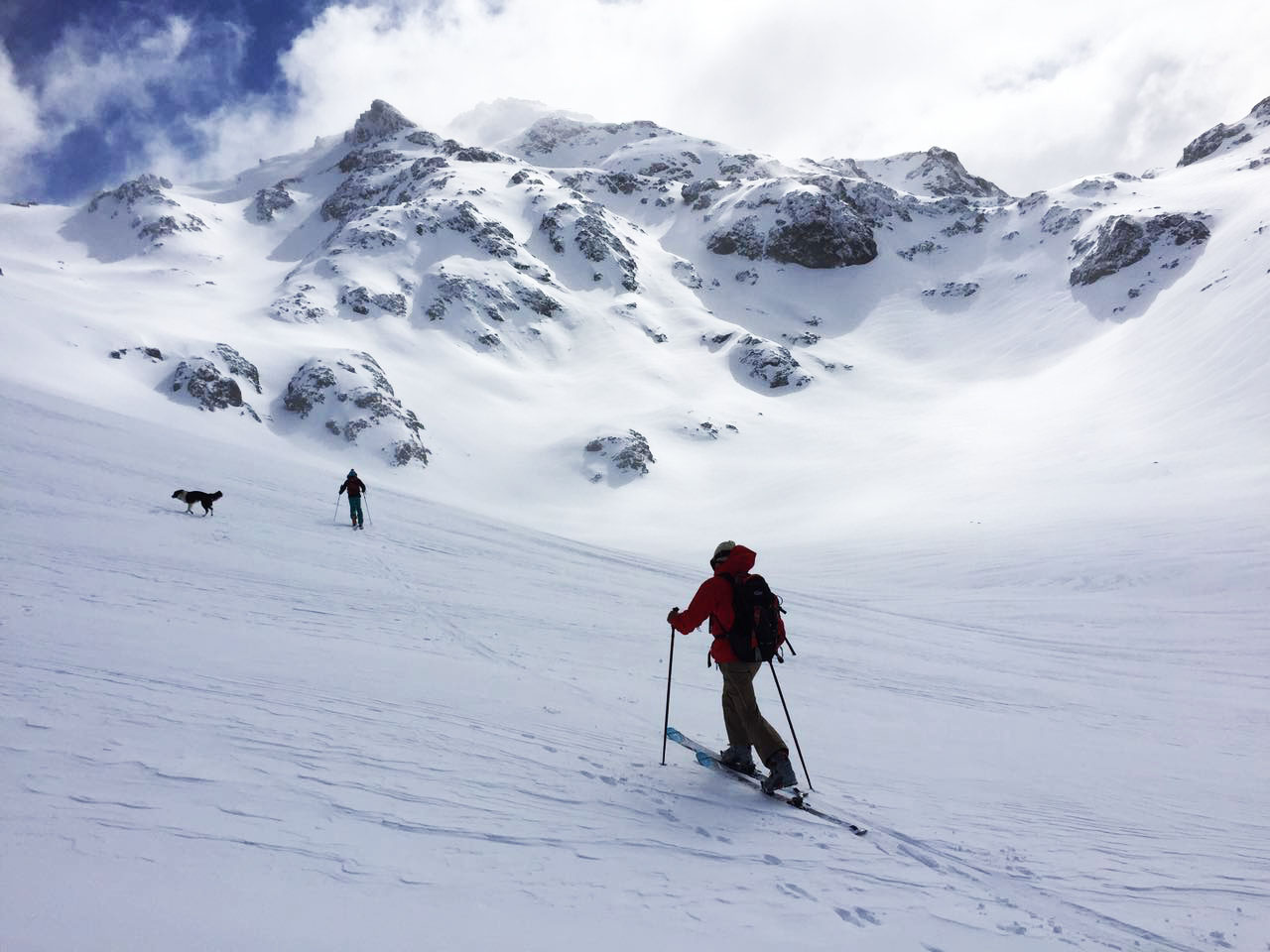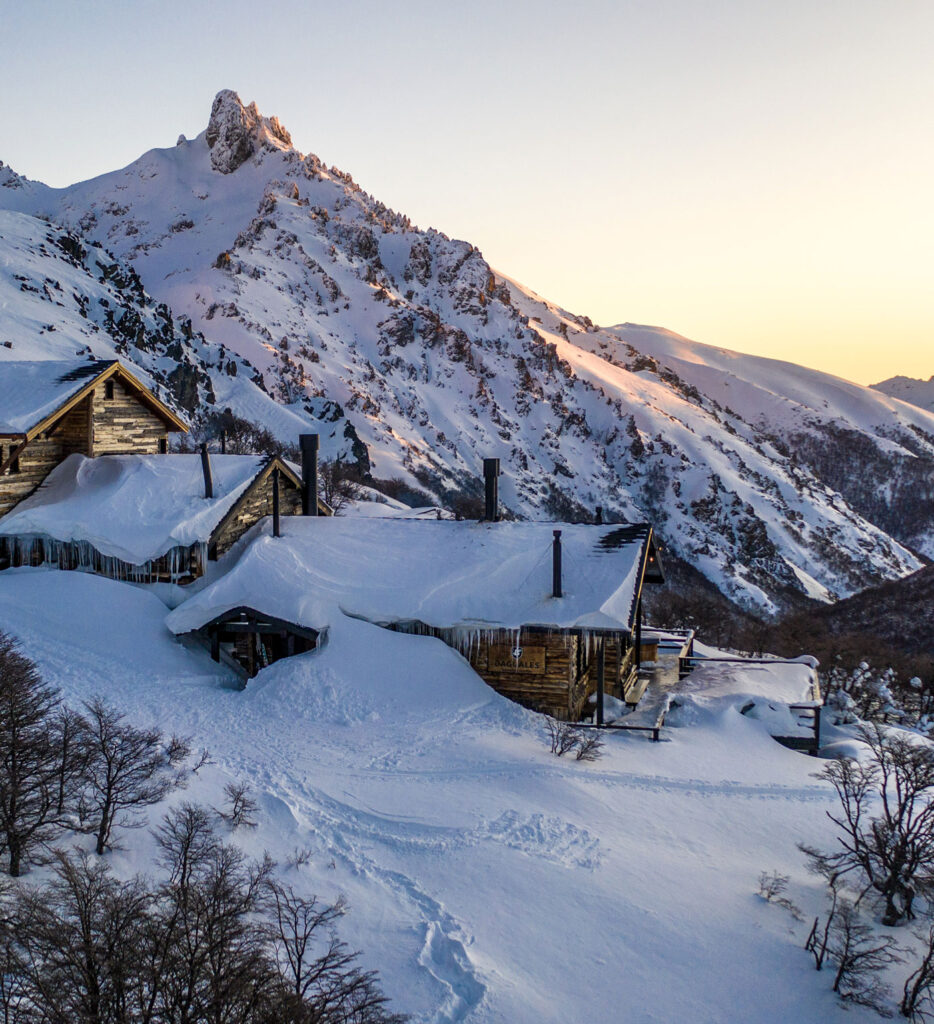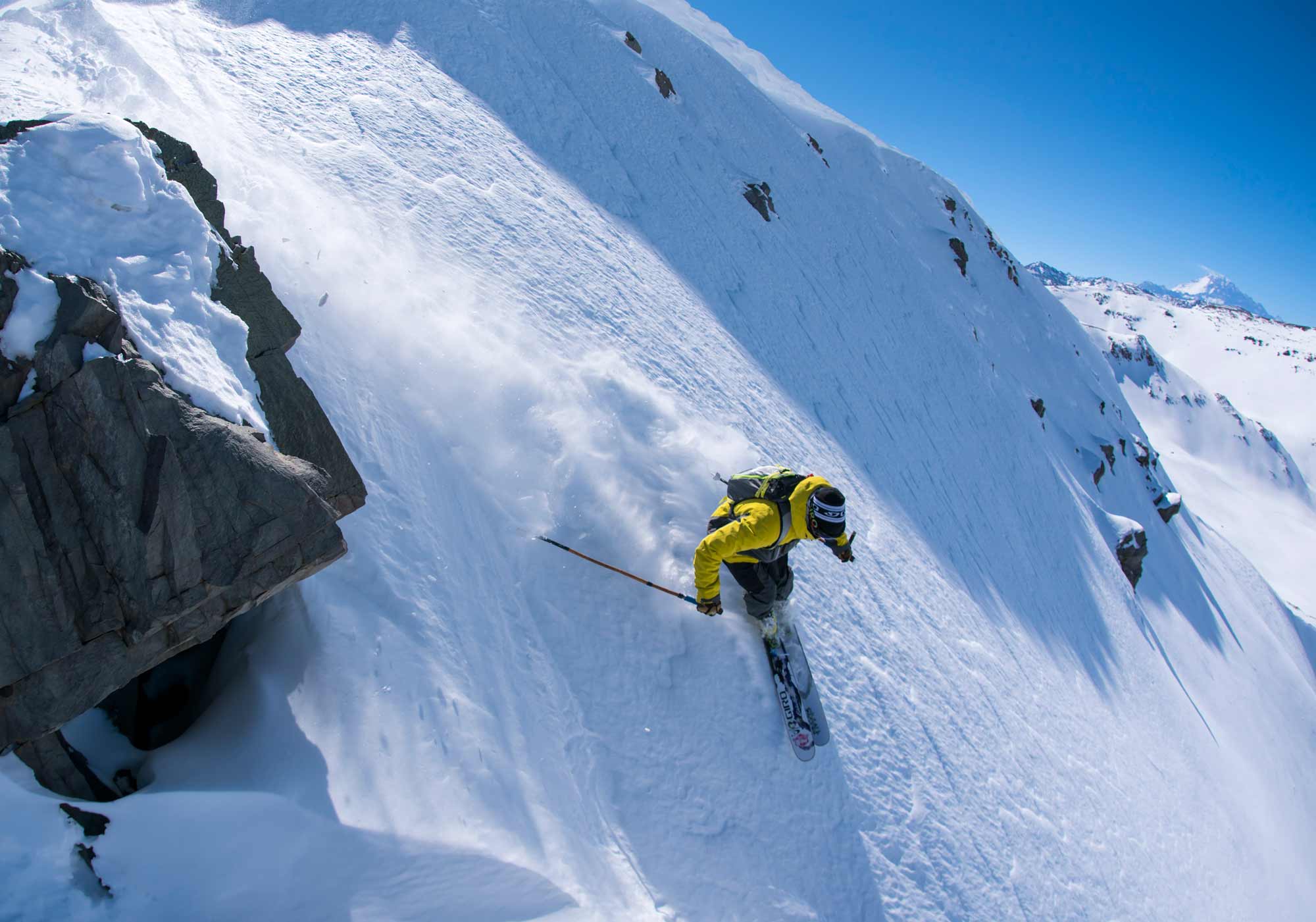April 29, 2025
South America Ski Guide: Where to Go and What to Know
Who says skiing can’t be a year-round sport?
When winter shuts down up north, the Andes are just getting started. The terrain is massive. The landscapes are wild, the culture is rich, and the experience goes way beyond the mountain.
Whether you're after world-class resorts, adrenaline-pumping heliskiing, secluded backcountry tours, or exclusive off-the-grid experiences, the Andes have it all. But with so many options, how do you know where to go and how to get there?
When it comes to skiing in South America, nobody knows the terrain better than our Lucas, Glove’s dedicated ski specialist with in-depth local knowledge and a genuine passion for all things Ski. He has been part of the ski industry for the last 15 years and has 26 winters' worth of teaching experience. He’s worked the slopes of the Alps and Pyrenees in Europe, Aspen, Whistler, Deer Valley, Heavenly, Park City, Mammoth, and the Yellowstone Club. These days, he splits his Southern Hemisphere winters between Cerro Catedral in Bariloche and Portillo in Chile.
He's skied it all, and in this in-depth guide covers when to go, where to go, and making it all happen.
When to Ski in South America?
The ski season in South America typically runs from late June to early October. For the best snow conditions, the ideal window is from mid-July to mid-September, when you’ll find the most consistent snowfall and clearer skies.
If you’re into backcountry skiing, the best conditions usually span from mid-August to October. This gives the snow in the Andes time to accumulate, and you can expect solid backcountry conditions well into late October. This window allows for good snow coverage, even outside the resorts, making it a great time for touring and exploring the less-travelled areas of the mountains and the majestic volcanoes in the Patagonia region.
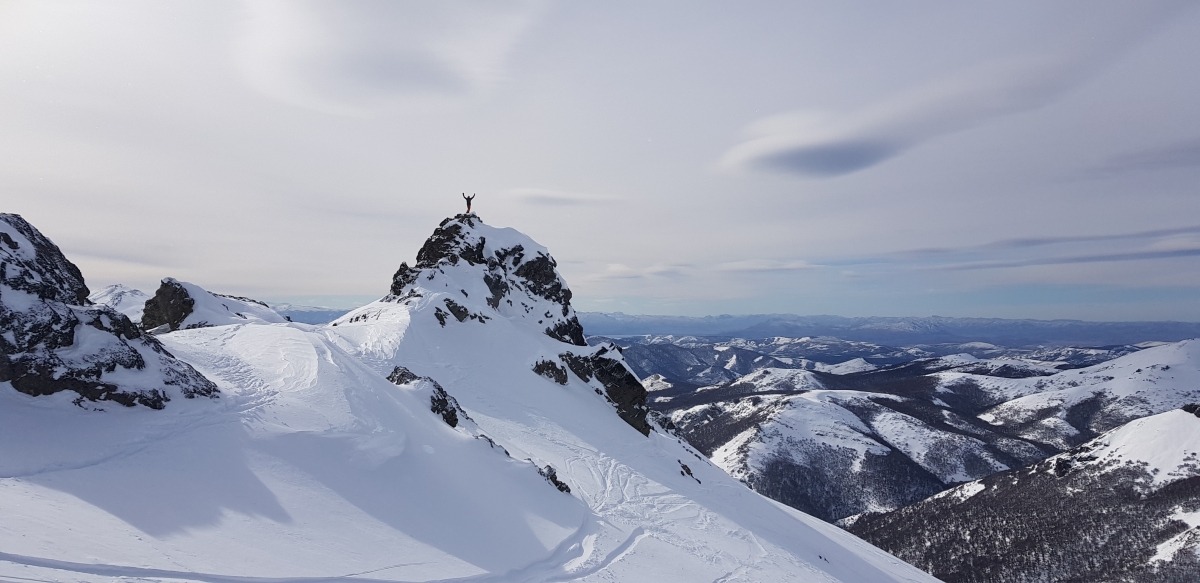
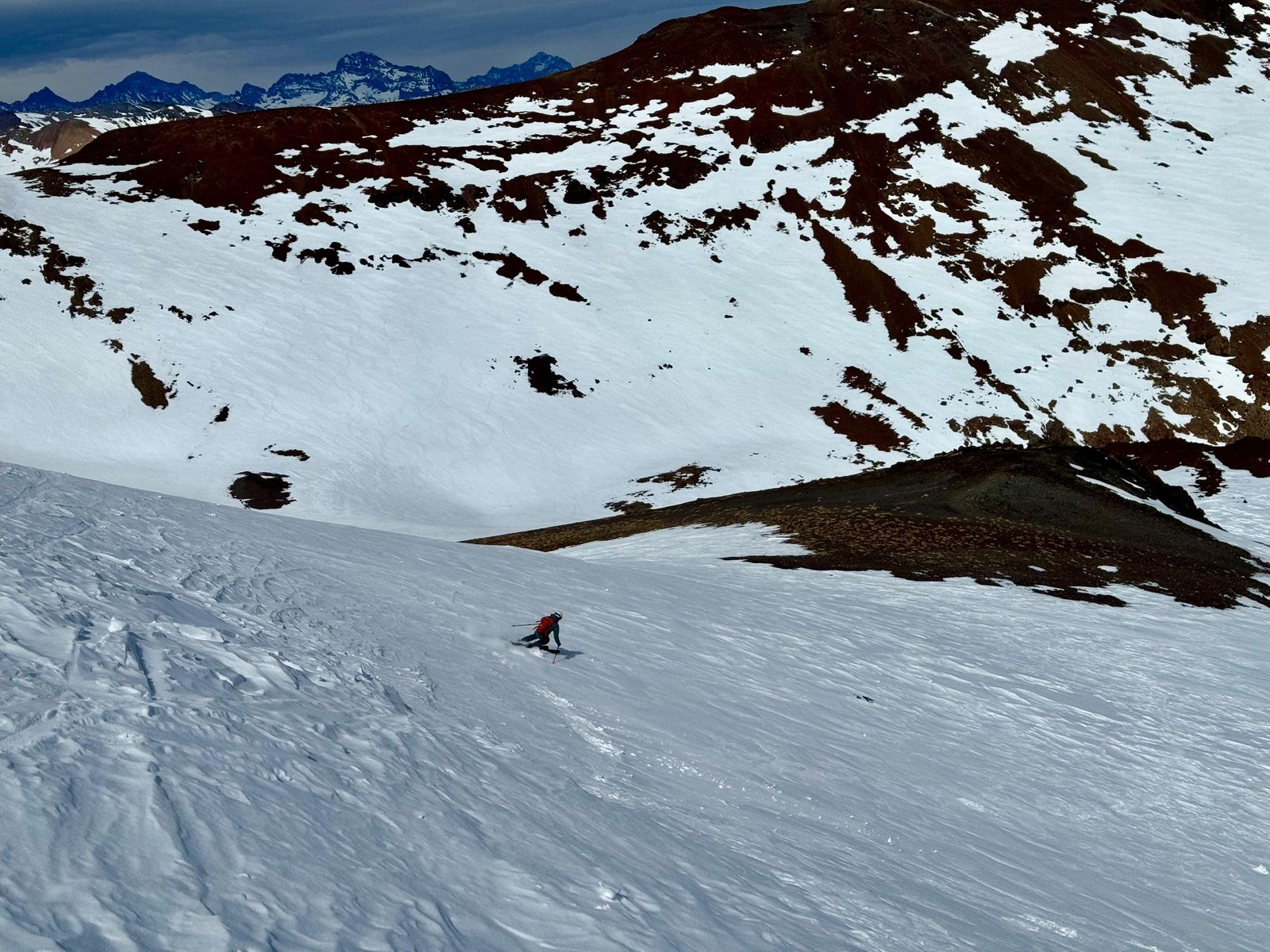
What’s the Snow Like in South America?
The snow and weather conditions in the Andes can be a bit unpredictable, often more so than what you might find at ski resorts in North America. While conditions vary throughout the season, August tends to offer more consistent snowfall, with September bringing sunnier days on average.
In terms of snow and terrain, there’s a noticeable difference between the central and southern regions, and this impacts what you can expect from the snow.
In the central region, you’ll be skiing above treeline, where the snow tends to be drier and the climate is more arid. This area also boasts higher altitudes, which typically means more sunny days. If you love bluebird skies and crisp, dry snow, this is your zone.
The central region is home to some of South America’s top ski resorts, including Valle Nevado and Portillo in Chile, and Las Leñas in Argentina. These destinations offer diverse terrain for all levels—from perfectly groomed runs to thrilling off-piste adventures. With modern lifts, professional ski schools, rental services, and vibrant après-ski scenes, they provide everything you need for an exceptional mountain experience.
Moving south, the conditions change. The southern region is generally more humid, with the Argentine side being a bit drier and the Chilean side seeing more precipitation. The snow here tends to be a bit heavier, which offers great coverage. What’s unique about the southern zone is the variety of skiing you’ll experience, from dense forests to volcanic peaks.
For tree skiing, Argentina generally has the edge, thanks to well-spaced trees and more vertical terrain. The Bariloche area, especially around Cerro Bayo and Chapelco, stands out for its fantastic tree skiing, where you can glide through powder in a forested setting. In Chile, Nevados de Chillán offers some incredible tree skiing as well, with its mix of powder and thick forests, providing an exciting challenge for skiers.
Chile is known for its unique volcano skiing, such as Nevados de Chillán, Corralco, Antillanca and Puyehue, which offer some of the most exciting and off-the-beaten-path ski experiences.
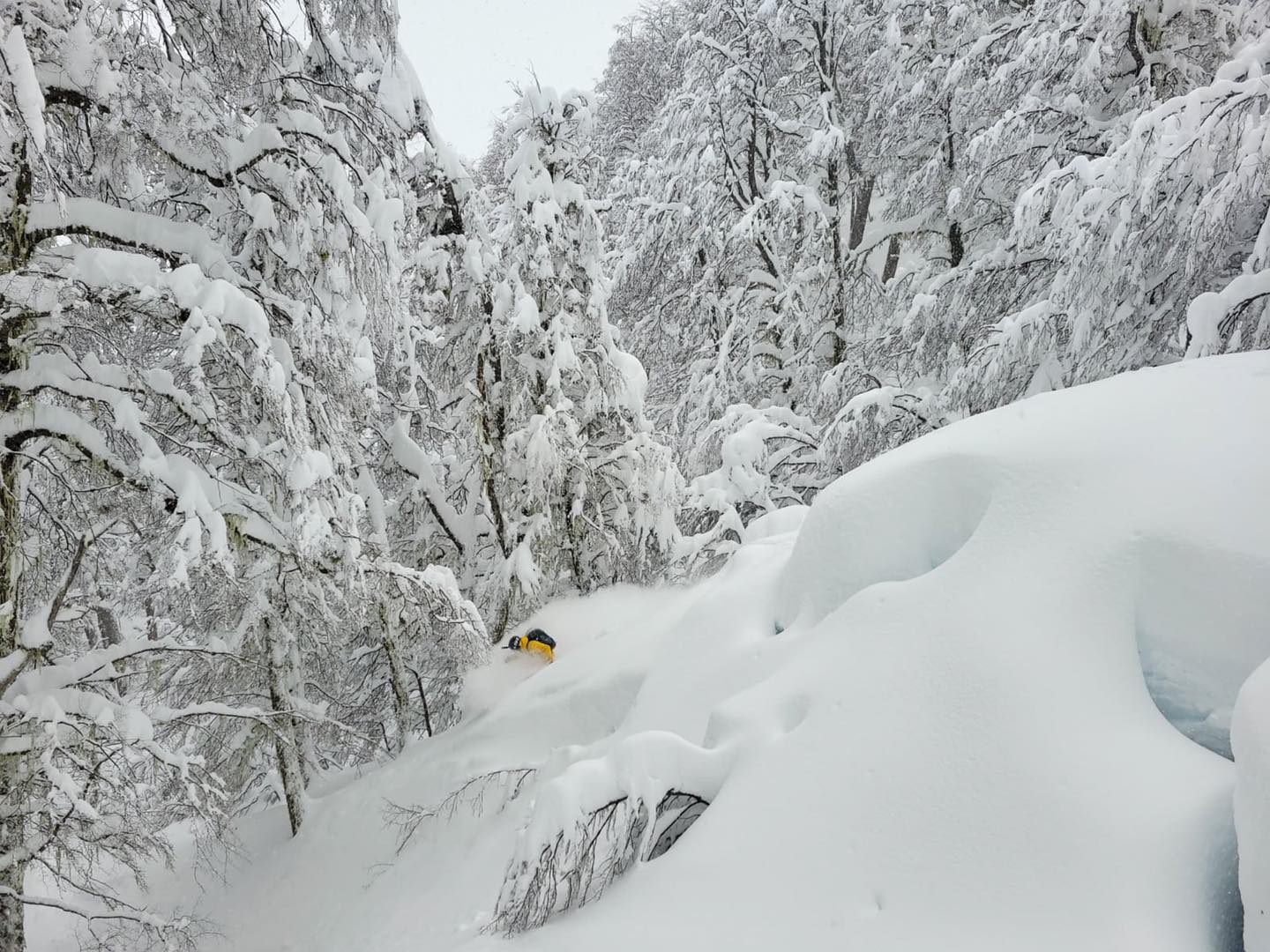
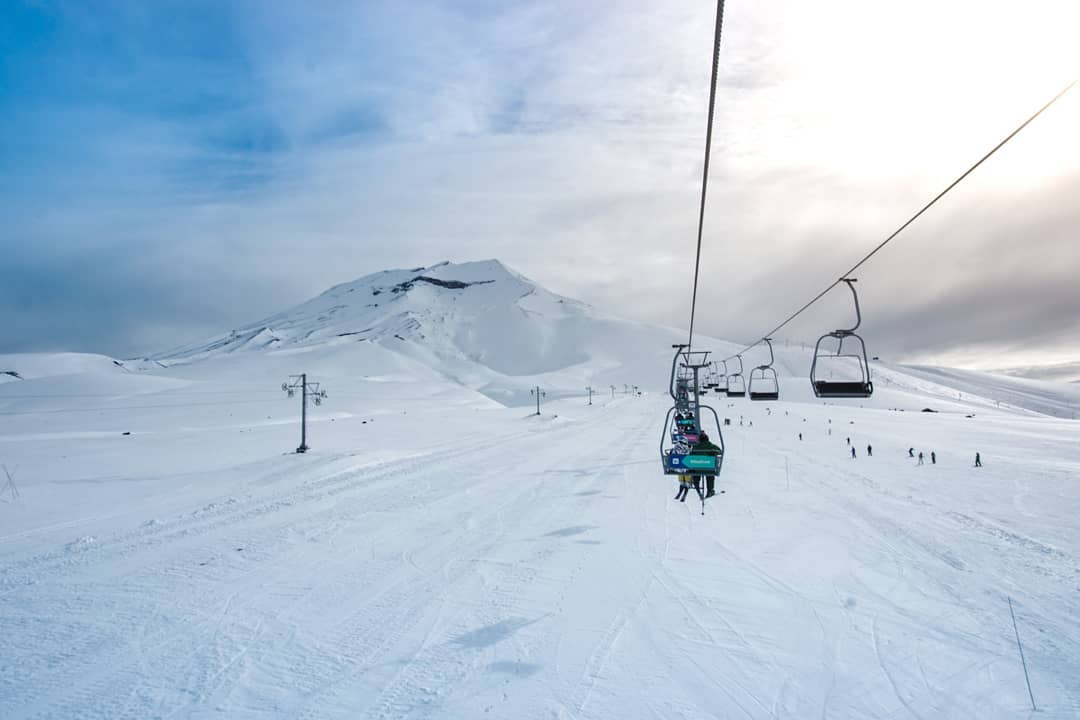
Where to Ski: Chile
Chile is a great destination for first-time skiers in the Andes, thanks to easy access and convenient travel logistics. International flights typically land in Santiago, the country’s capital, which is surrounded by the towering peaks of the Andes. From Santiago’s international airport its only 70 kilometres to popular ski resorts like Valle Nevado and La Parva.
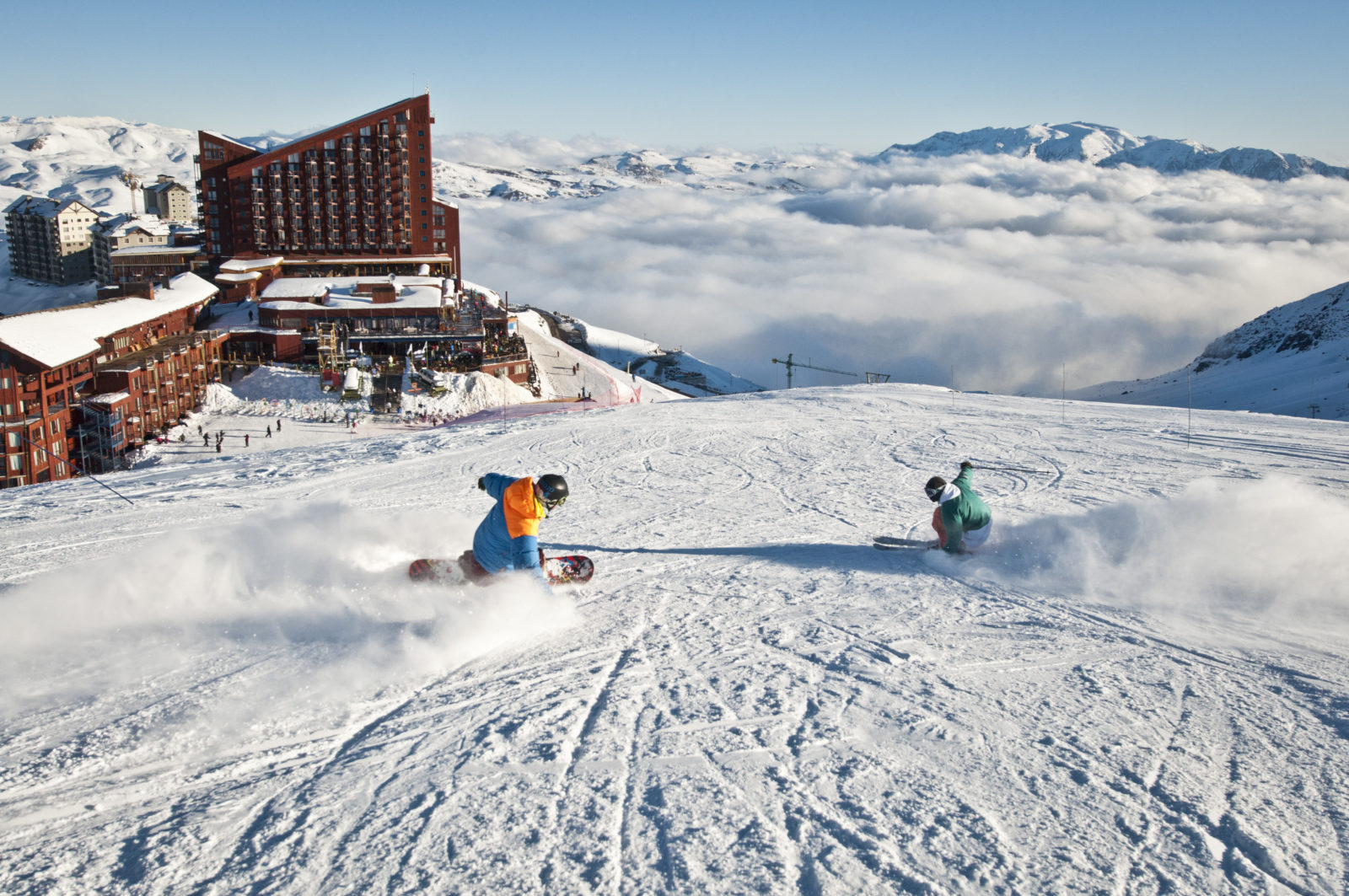
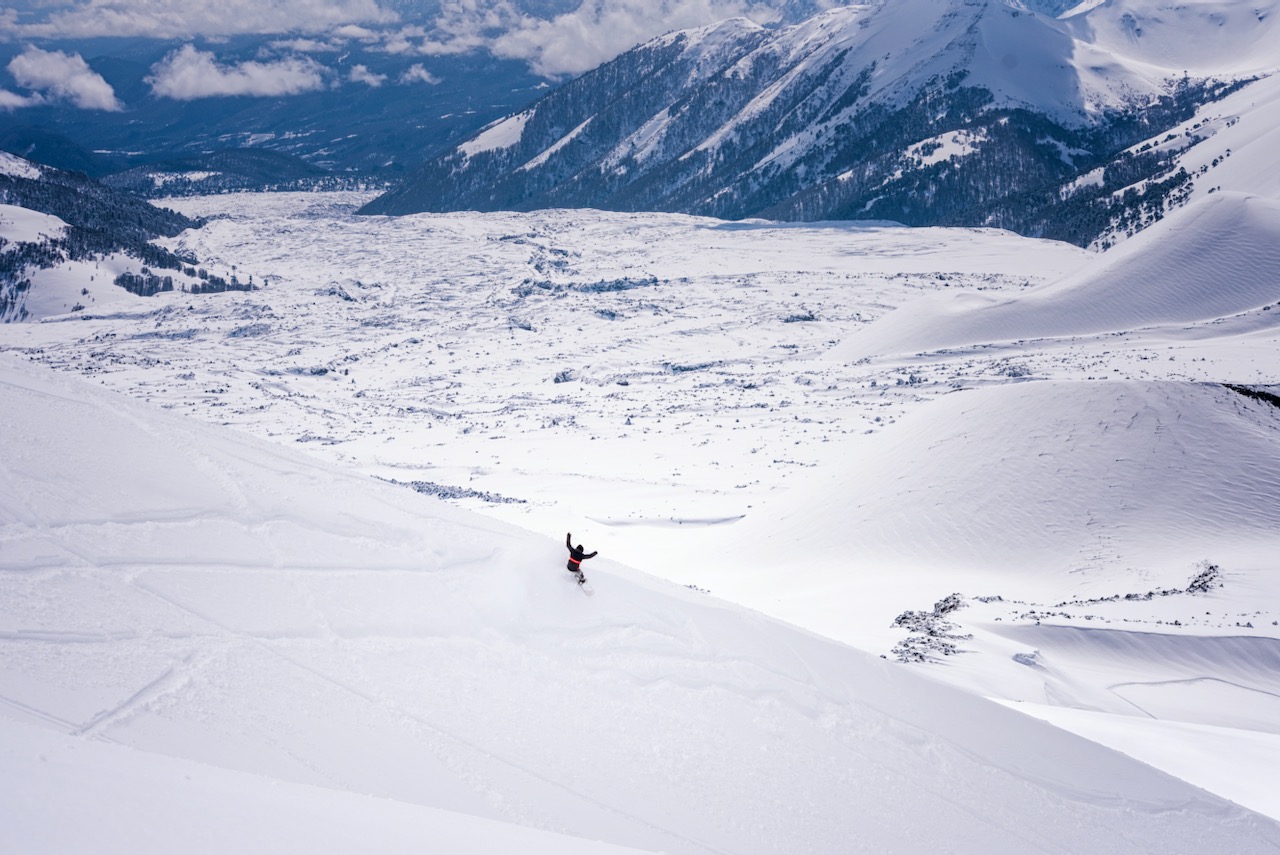
Ski Portillo
There’s nothing quite like Portillo. Just two hours from Santiago, Portillo isn’t just a resort—it’s a rite of passage. The moment you lay eyes on the iconic yellow hotel perched above the stunning, sapphire-blue Laguna del Inca, you realise you’ve arrived somewhere truly special. The setting alone is postcard-perfect, but what lies beyond the view is what keeps skiers coming back year after year.
Portillo is a throwback to classic ski culture, where it’s all about the mountains, the community, and the pure joy of skiing. With only 450 guests allowed each week, you’re guaranteed no crowds and virtually no lift lines. And because everyone’s on the same Saturday-to-Saturday schedule, there’s a unique camaraderie that builds over the week. Meals are shared, runs are swapped, stories are told, and friendships are forged.
Portillo’s legendary slopes are steep, raw, and thrilling — You’ve got big-mountain lines, hike-to chutes, and untouched powder stashes that are absurdly easy to access. The Roca Jack and Condor lifts, which operate on a unique slingshot system, give you quick access to jaw-dropping backcountry-style terrain. No wonder Olympic teams come here to train during the Northern Hemisphere’s off-season. And yet, it’s not just for experts. Beginners and intermediates will find beautifully groomed slopes and a top-tier ski school that’s helped countless skiers level up their skills. The terrain progression is ideal for building confidence, and the instructors are some of the best in the business.
Off the slopes, guests can enjoy a lively après-ski scene with Chilean wine flowing freely and Pisco Sours . The hotel itself is warm and welcoming, with everything from hot tubs overlooking the lake to a cozy bar buzzing with stories of the day’s adventures.
Quick facts:
- Highest elevation: 10,900 ft.
- Vertical drop: 2400 ft.
- Number of runs: 18.
- Number of lifts: 13.
- Skiable acres: 1235 + unlimited off-piste.
- Average snowfall: 300 inches.
- Heliskiing: Yes.
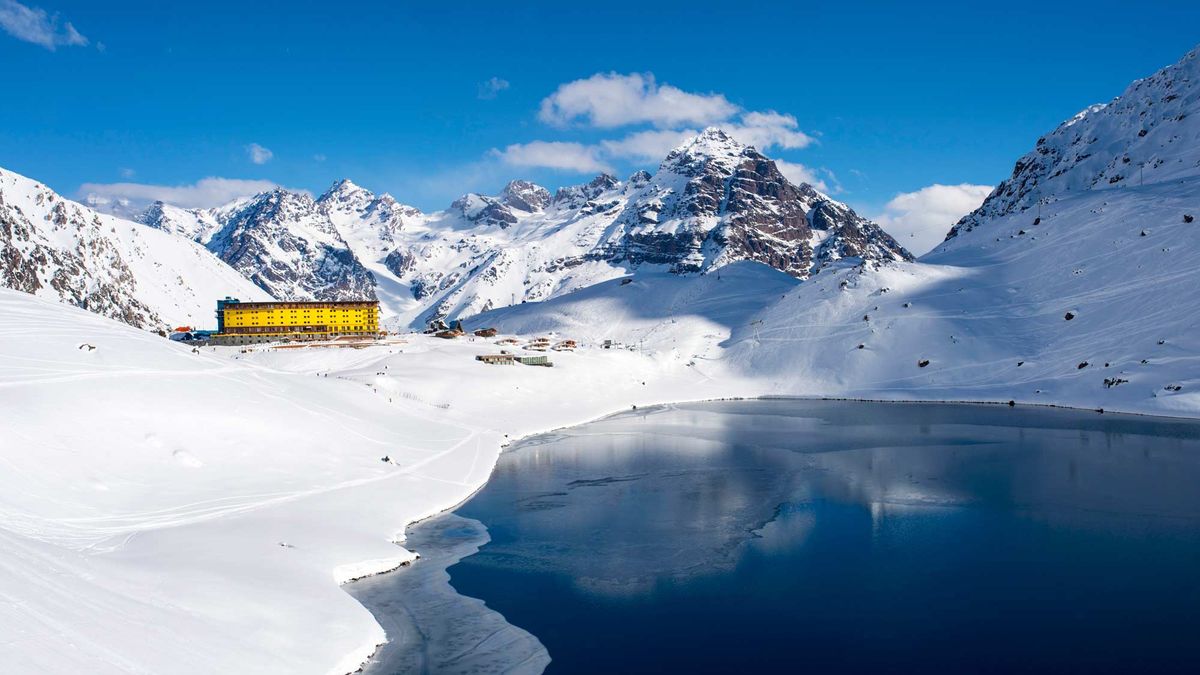
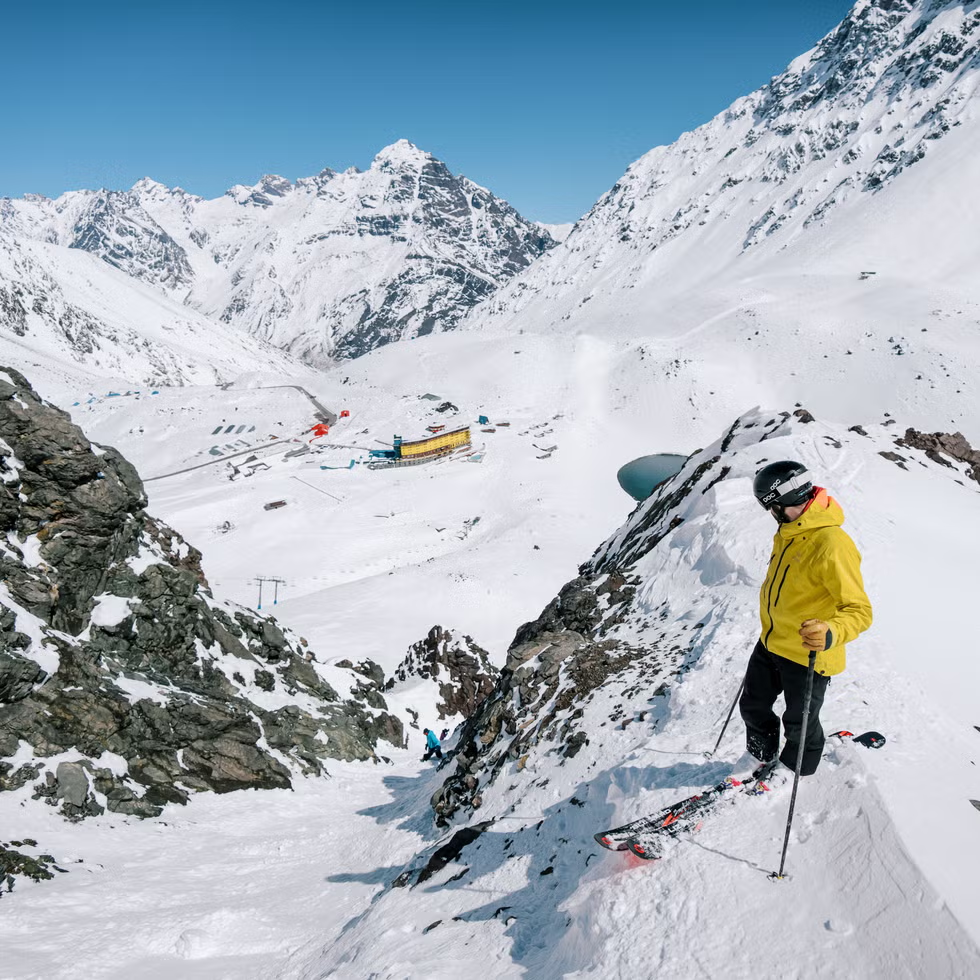
Ski Arpa
If you're a skier who craves adventure, solitude, and the kind of terrain that makes your heart race, then Ski Arpa should be at the very top of your South American hit list. No lifts, no crowds—just two Pisten Bully snowcats, a handful of skiers, and 5,000 acres of untouched Andean backcountry.
Located just two hours from Santiago, it’s Chile’s only full cat-skiing operation, and it delivers some of the best untracked powder you’ll find anywhere in the Southern Hemisphere. The terrain is steep, open, and wild—perfect for experienced skiers looking to get off the beaten path.
Ski Arpa was founded by Austrian-born Toni Sponar, who spends his northern winters in Aspen and southern winters guiding lines in Chile. His vision was simple: create a no-frills, high-stoke ski zone where the focus is 100% on the snow and the skiing. That’s exactly what you get. One snowcat loads up 12 skiers at a time and runs lap after lap through big, open bowls and chutes with no one else in sight.
From the top, you get insane views—Aconcagua in the distance, the Pacific off to the west, and nothing but untouched terrain below. By the end of the day, it’s beers back at the lodge, sunset lighting up the Andes, and a crew of skiers swapping stories.
Quick facts:
- Highest elevation: 12,300 ft.
- Vertical drop: 3500 ft.
- Skiable acres: 4,000+
- Average snowfall: 250+ in.
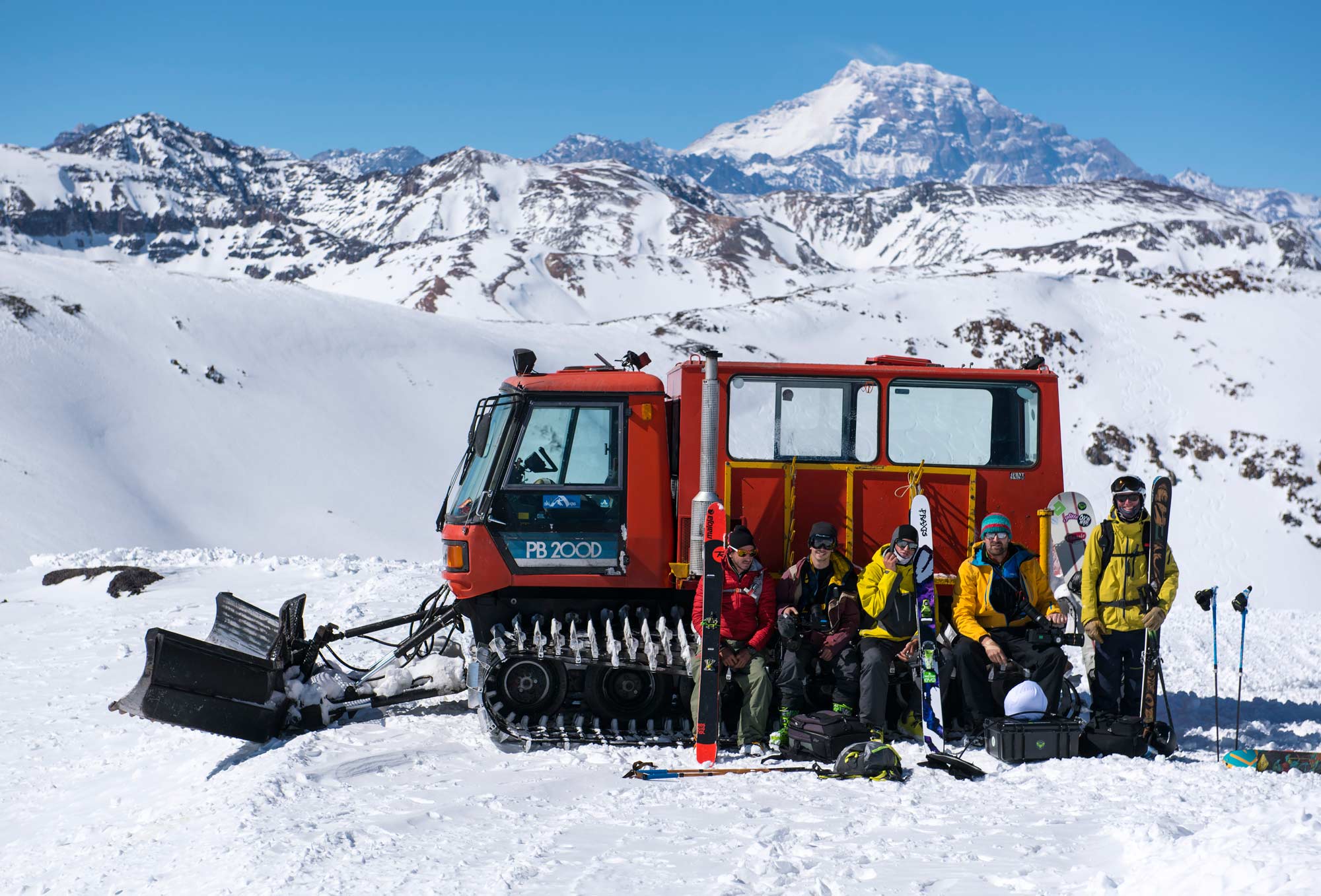
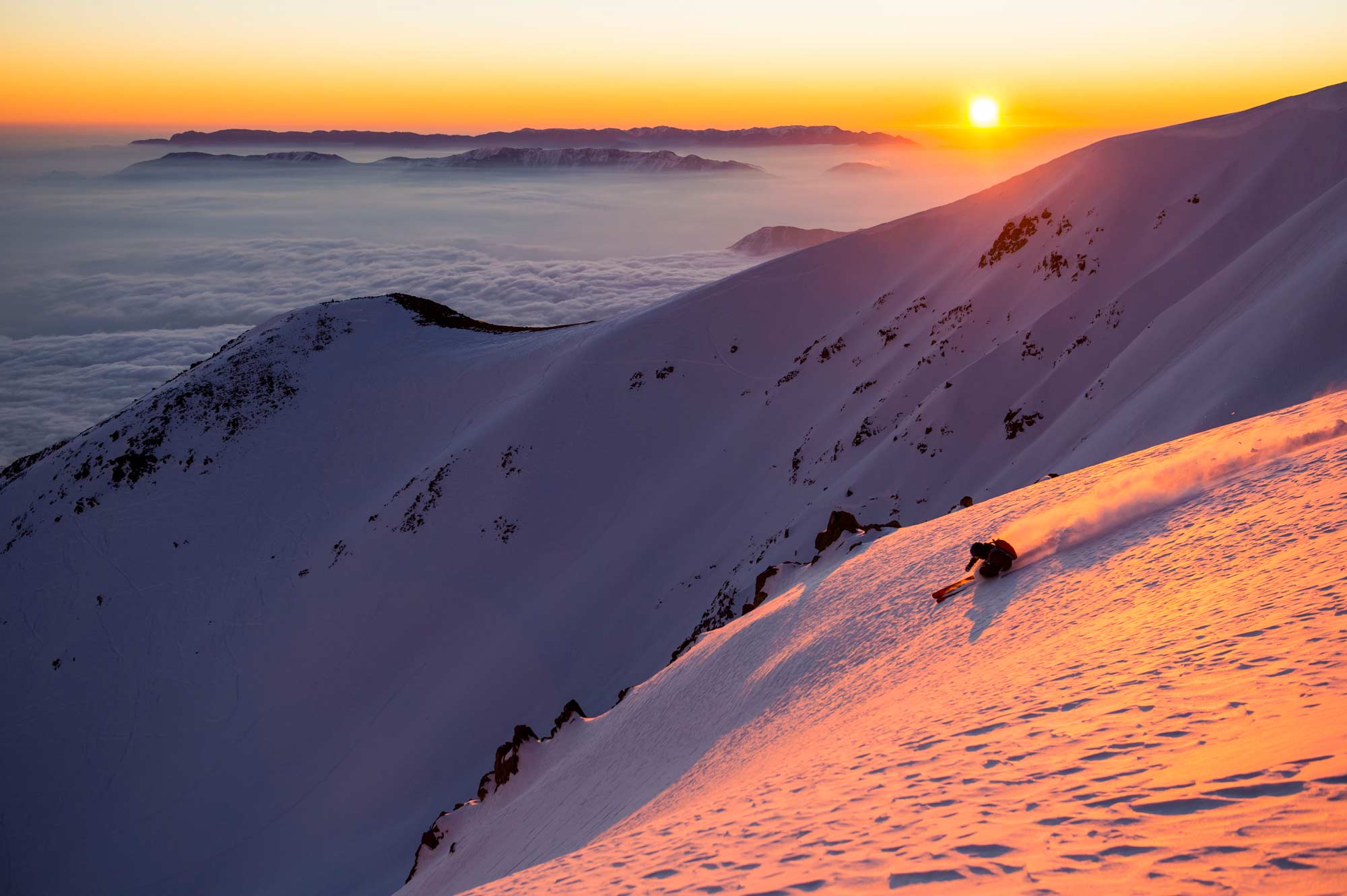
Valle Nevado
Just a 90-minute drive from Santiago, Valle Nevado is one of the most accessible major ski destinations in South America.
There’s something here for every level of skier. Beginners can cruise confidently on gentle slopes, intermediates will love the long, flowing runs, and advanced skiers can head off-piste to explore steeper lines and powder fields that rival those in the Northern Hemisphere.
Thanks to its elevation—sitting at nearly 10,000 feet (over 3,000 meters) —Valle Nevado boasts one of the longest and most reliable ski seasons in the region, typically running from June through October. The high-altitude location means colder temps and drier snow, which translates into light, fluffy powder and consistently solid conditions, especially mid-season.
And Valle Nevado isn’t just a standalone resort—it’s the gateway to one of South America’s largest skiable areas. As part of the "Tres Valles" (Three Valleys), it links seamlessly with neighbouring La Parva and El Colorado, giving skiers access to over 7,000 acres of terrain on a single lift pass.
Off the mountain, the resort offers all the comforts you'd expect from a premier destination: hotels, cozy après-ski lounges, quality dining, and full-service spas.
Quick facts:
- Highest elevation: 12,040 ft.
- Vertical drop: 2660 ft.
- Number of runs: 41.
- Number of lifts: 15.
- Skiable acres: 20,000+
- Average snowfall: 250+ in.
- Heliskiing: Yes.
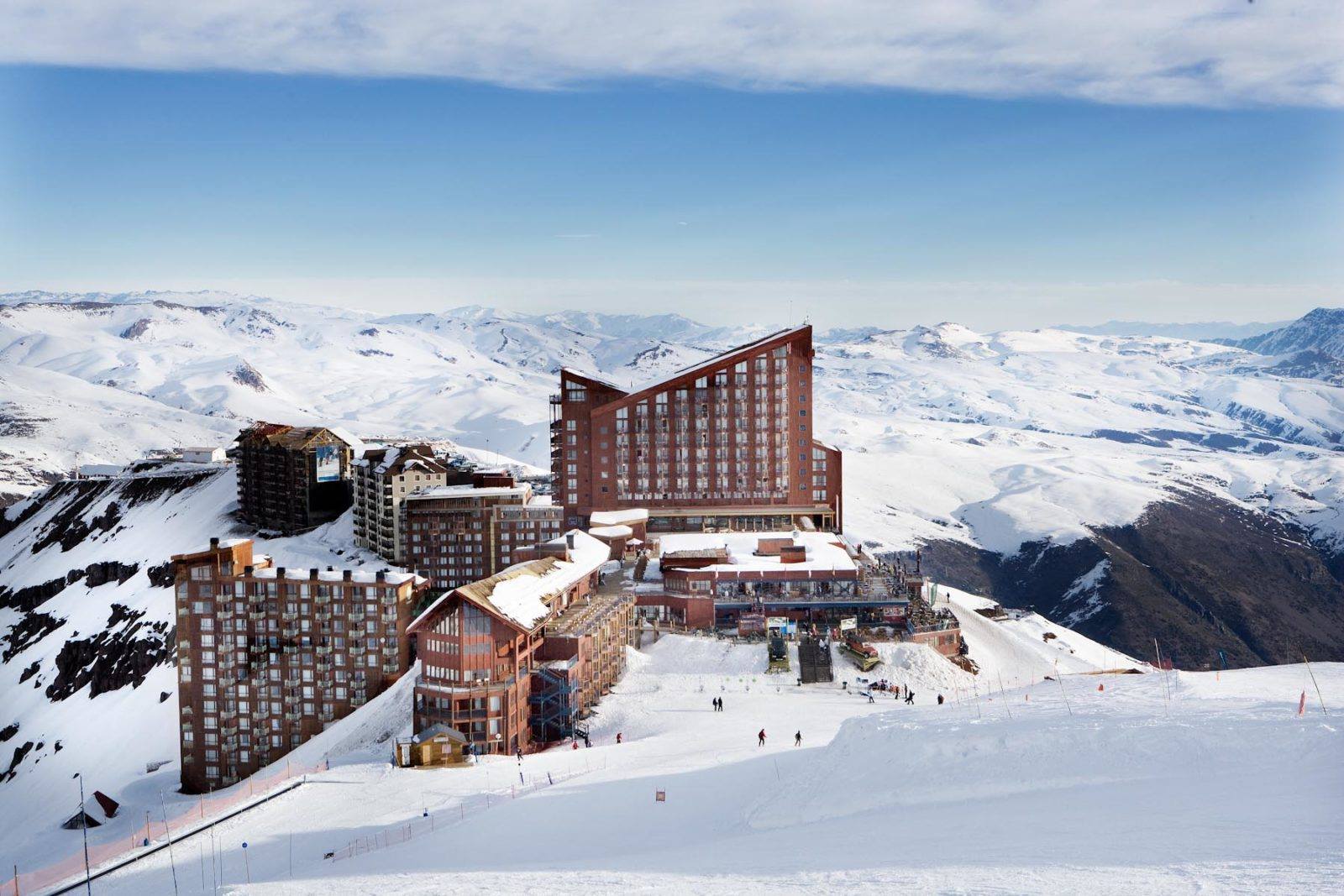
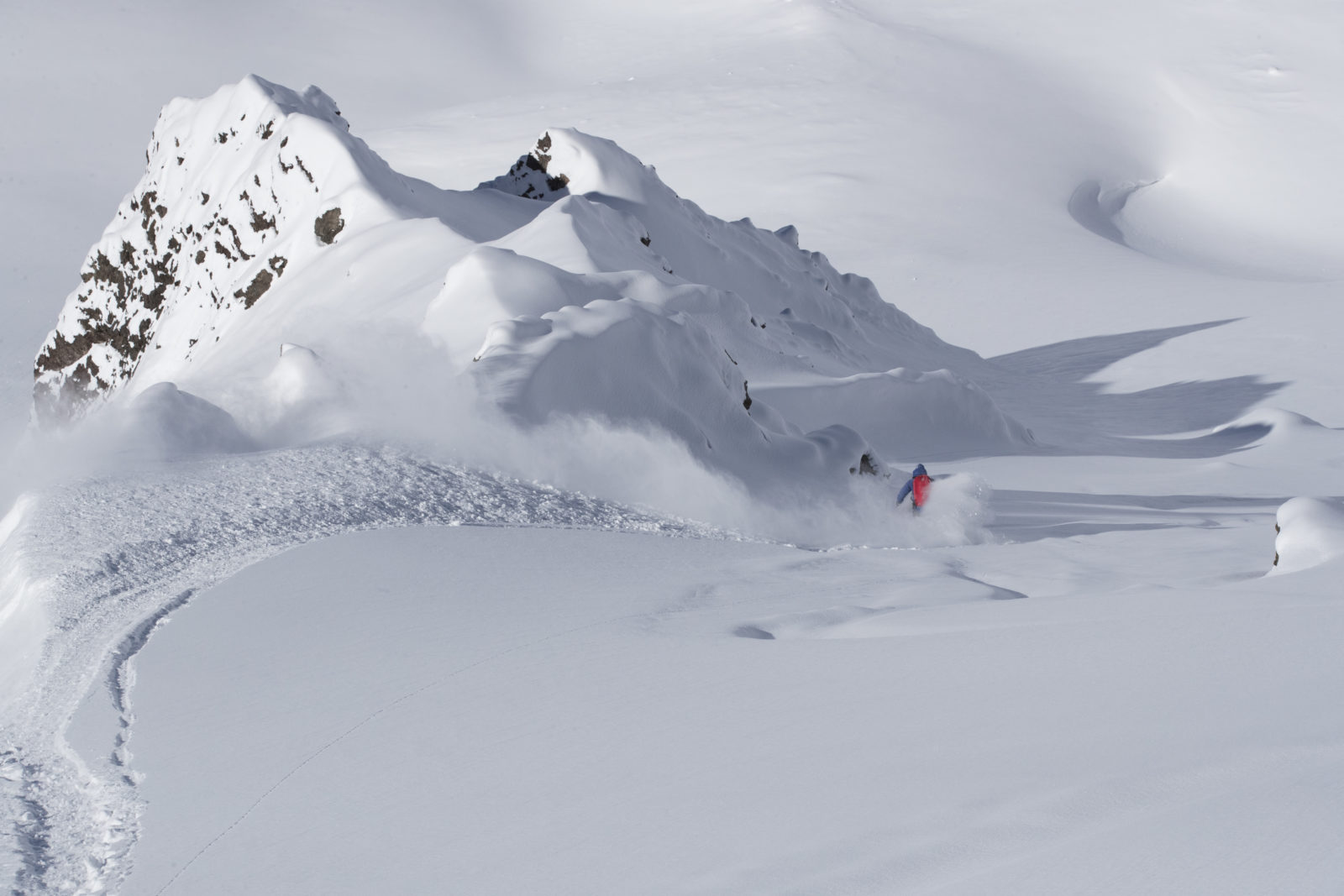
Nevados de Chillán
Nevados de Chillán offers a more laid-back, off-the-beaten-path ski experience in the Andes, far from the crowded resorts further north. Situated at the base of the active Volcán Chillán, it provides a unique mix of powder, diverse terrain, and a more peaceful atmosphere.
Located 51 miles (82 km) east of the city of Chillán, which is about 5 hours or 310 miles (499 km) south of Santiago, the resort requires some travel, but that’s part of what makes it feel like a true mountain escape.
The resort's terrain caters to a range of abilities, with plenty of space for beginners and intermediates to enjoy uncrowded runs and solid conditions. But what really sets Nevados de Chillán apart is its off-piste terrain. The volcanic landscape, shaped by eruptions and lava flows, offers a mix of bowls, gullies, and natural half-pipes that keep things interesting. There’s also some tree skiing when the conditions are right—a rare treat in Chile. The hot springs nearby are a perfect way to unwind after a day on the slopes.
Quick facts:
- Highest elevation: 8200 ft.
- Vertical drop: 3200 ft.
- Number of runs: 22.
- Number of lifts: 14.
- Skiable acres: 24,700.
- Average snowfall: 300+ in.
- Heliskiing: Yes.
- Catskiing: Yes.
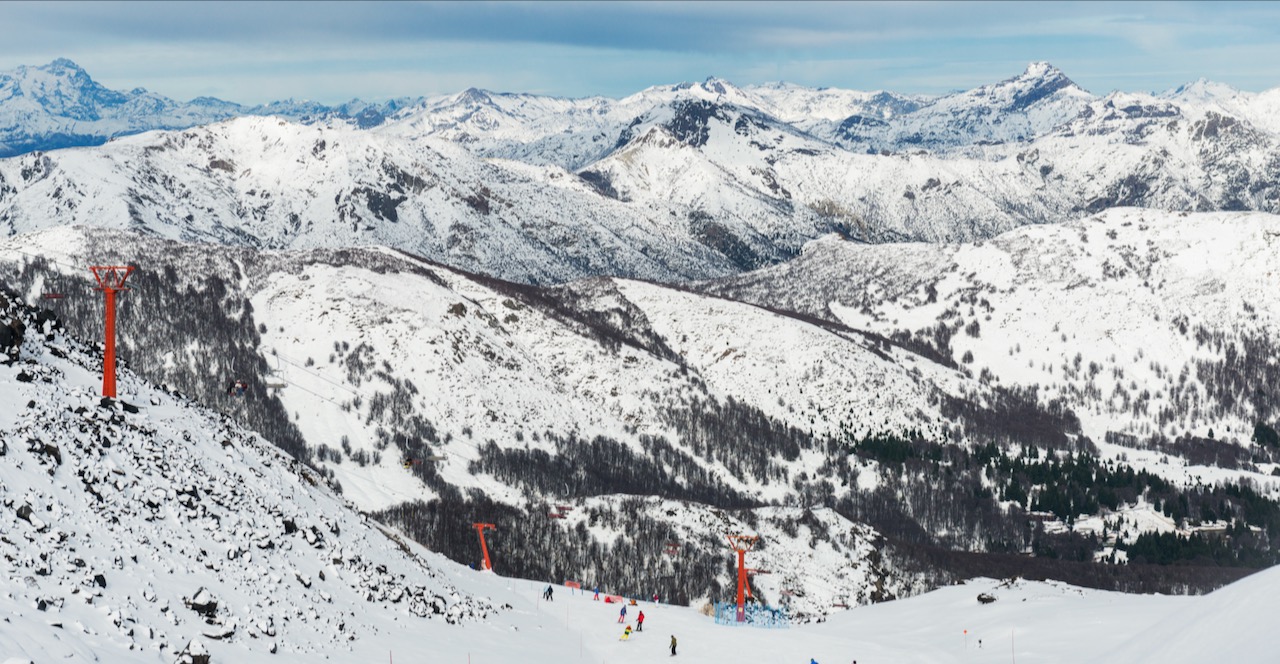
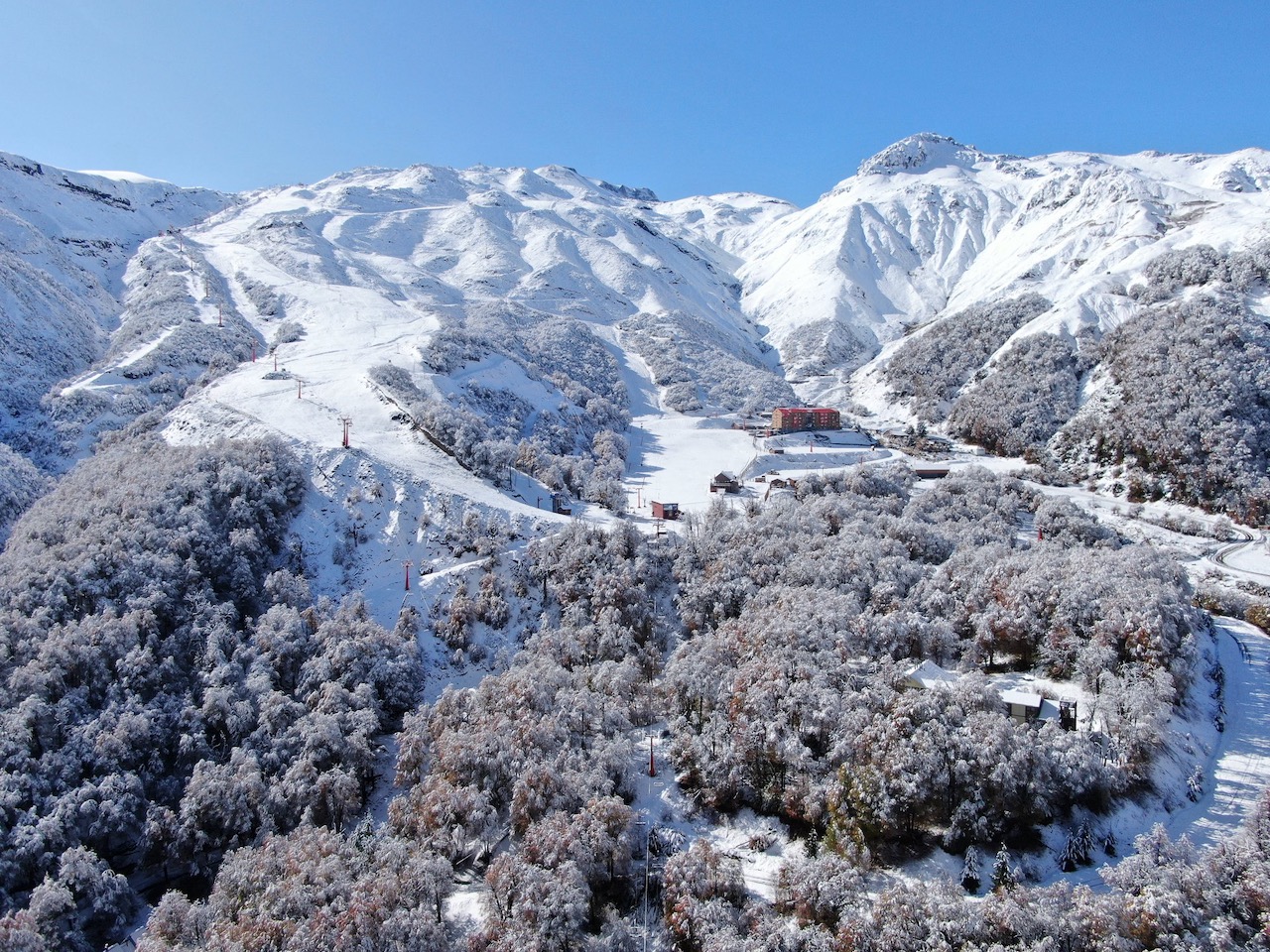
Corralco Ski Resort
On the Lonquimay Volcano in southern Chile, Corralco is another great off-the-beaten-path gem away from the crowds of the bigger resorts.
Located 75 miles (120 km) east of Temuco, it’s a 90-minute drive from Temuco Airport, which offers several daily flights from Santiago about 435 miles (700 km) away.
The terrain here is a solid mix, with groomed runs for beginners near the base and some intermediate trails higher up. Strong intermediates will find a few advanced groomed runs to enjoy as well. But the real attraction at Corralco is the off-piste terrain. With some traversing, you can access a variety of lines through volcanic features formed by ancient lava flows.
At the base of the mountain, Corralco Hotel and Spa, surrounded by ancient Araucaria trees, offers fantastic accommodation, great facilities including a spa, pool, gym, plus a range of activities including guided backcountry skiing.
Quick facts:
- Highest elevation: 7900 ft.
- Vertical drop: 2800 ft.
- Number of runs: 32.
- Number of lifts: 6.
- Skiable acres: 4500.
- Average snowfall: 350 in.
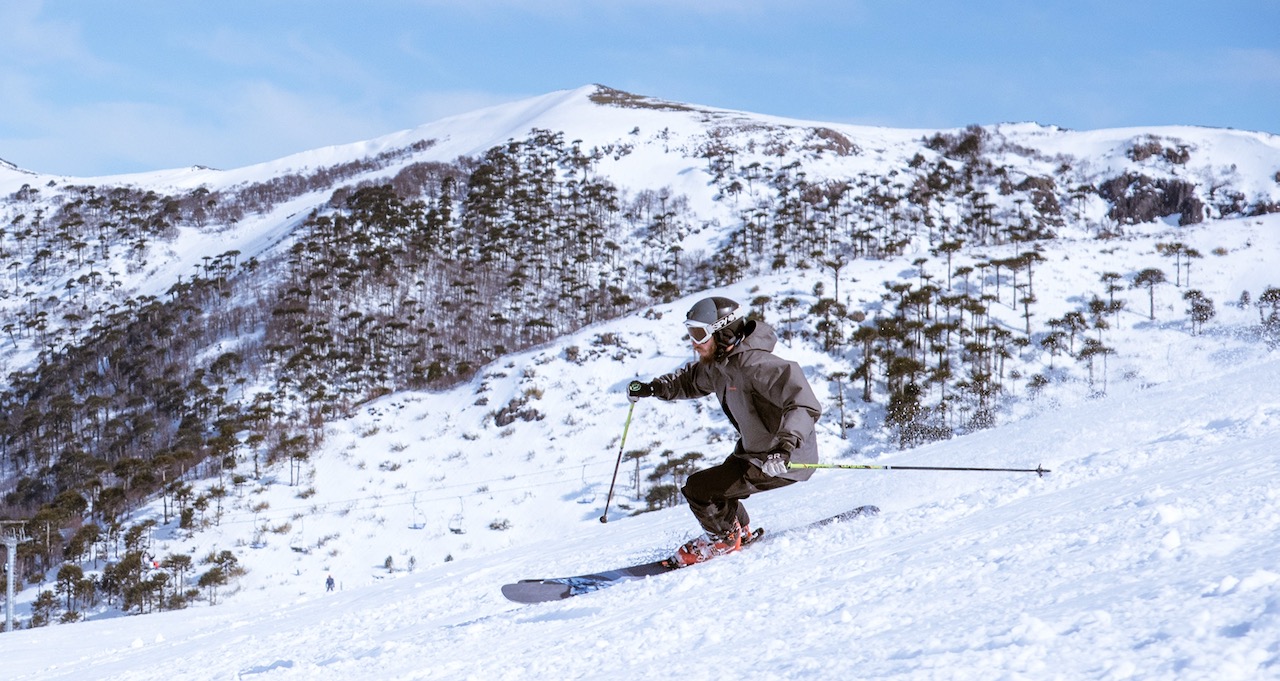
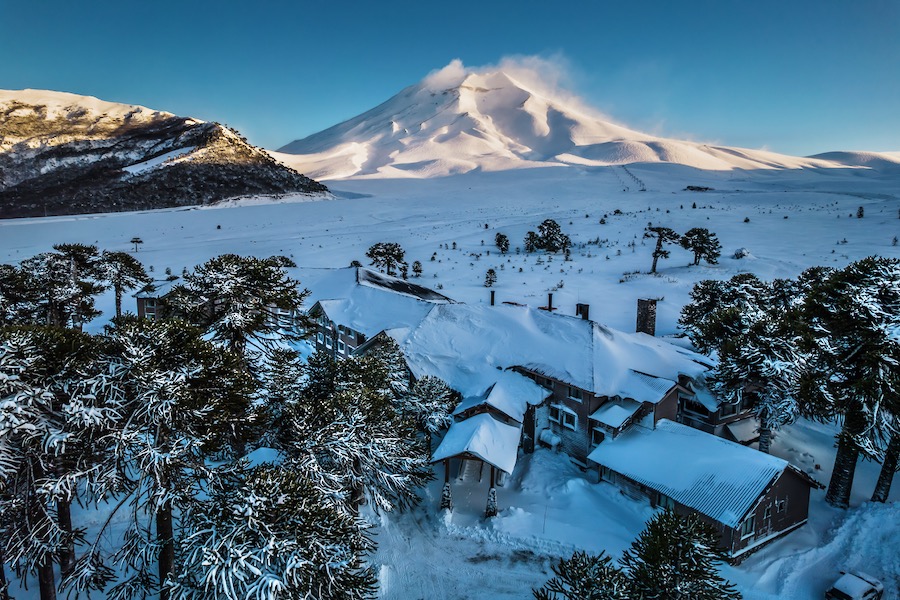
Heliskiing by Glove
This one-of-a-kind skiing experience invites you to dive deep into the world’s second-largest mountain range with a personalised itinerary for an epic heliskiing adventure around Chile designed exclusively by Glove.
You’ll be based at a luxurious mountain villa with a private helicopter on standby. Leaving the lifts and crowds far behind, you’ll have access to enviable ski conditions and untouched slopes with runs that average 5,000 vertical feet or more with waist-deep, mind-blowing powder. The flight alone through the Andes is worth the trip, let alone the fantastic powder conditions found across the untouched peaks.
Quick facts:
- Highest elevation: 10,700 ft.
- Vertical drop: 3000+ ft.
- Skiable acres: Unlimited.
- Average snowfall: 450 in.
- Heliskiing: Yes.
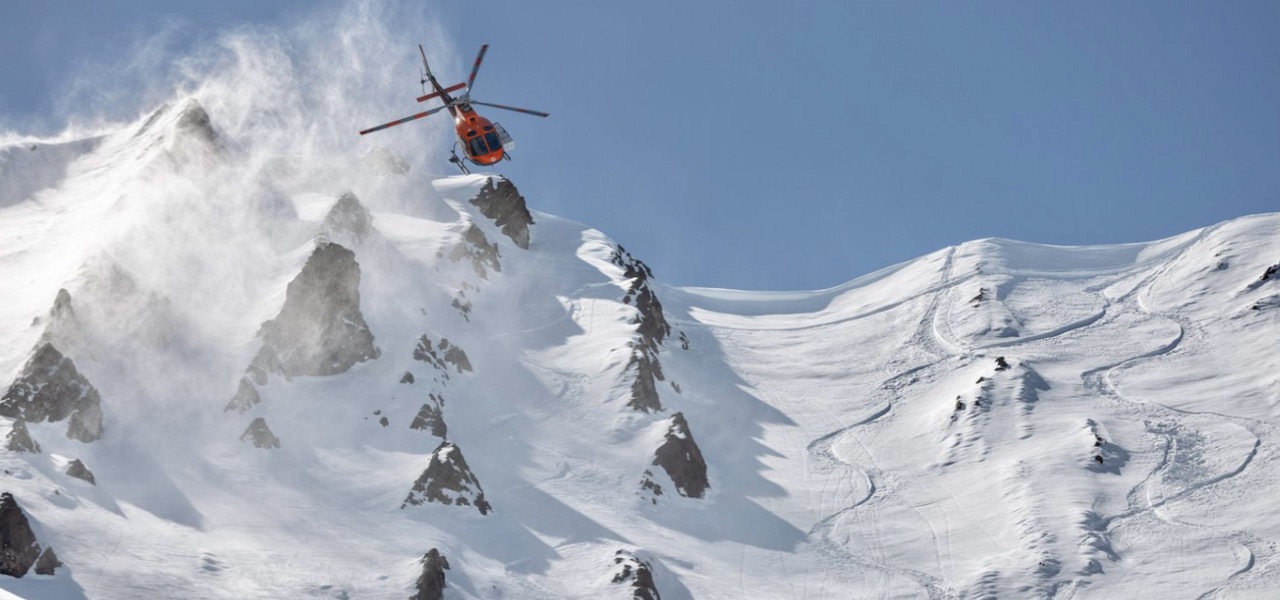
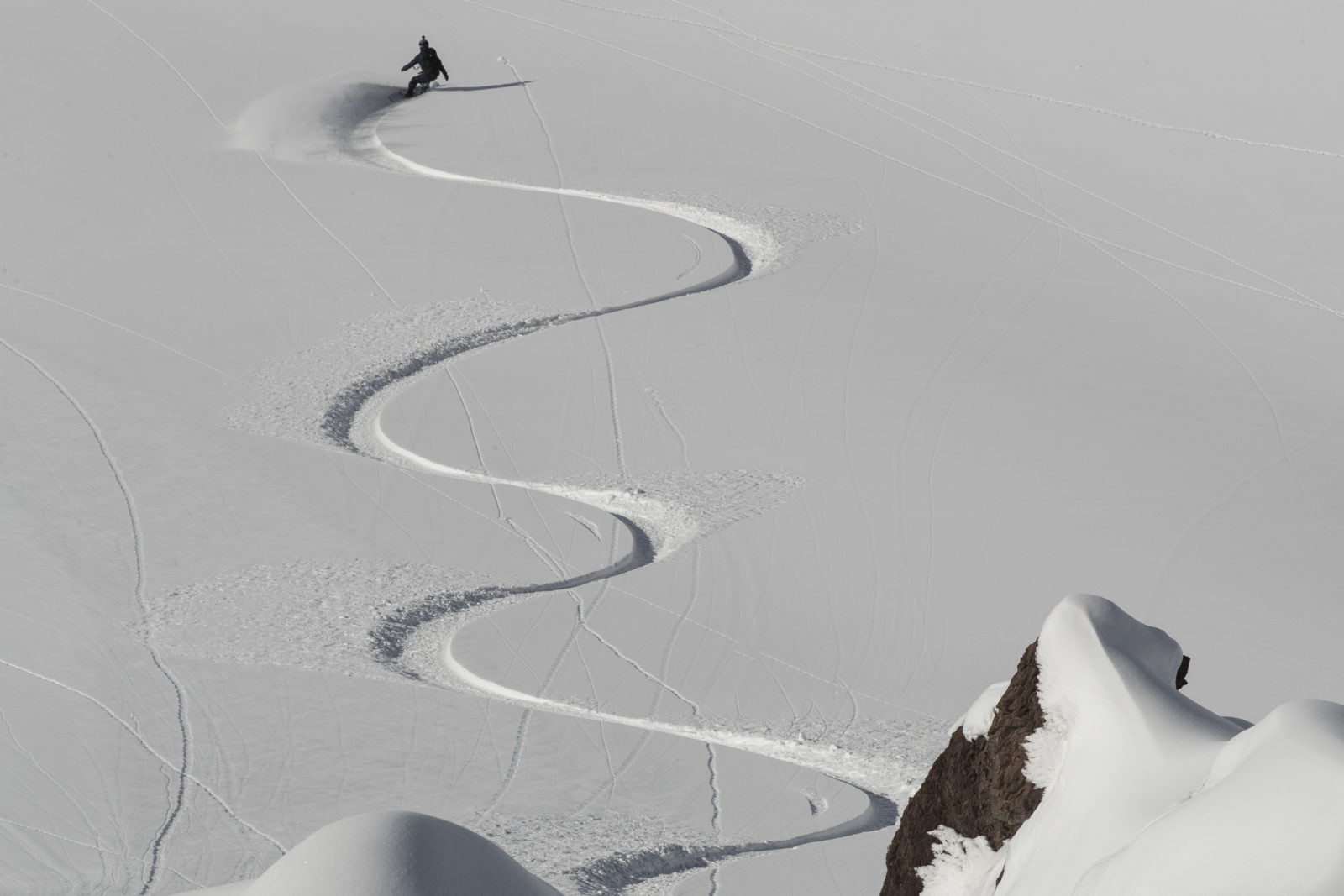
Where to Ski: Argentina
Getting to ski resorts in Argentina takes more time and effort than Chile, but it’s definitely worth it. To reach the ski areas, you’ll need a domestic flight from Buenos Aires to either Mendoza in the Alta Cordillera or San Carlos de Bariloche in the southern region of Alta Patagonia, also having the chance to enjoy Buenos Aires.
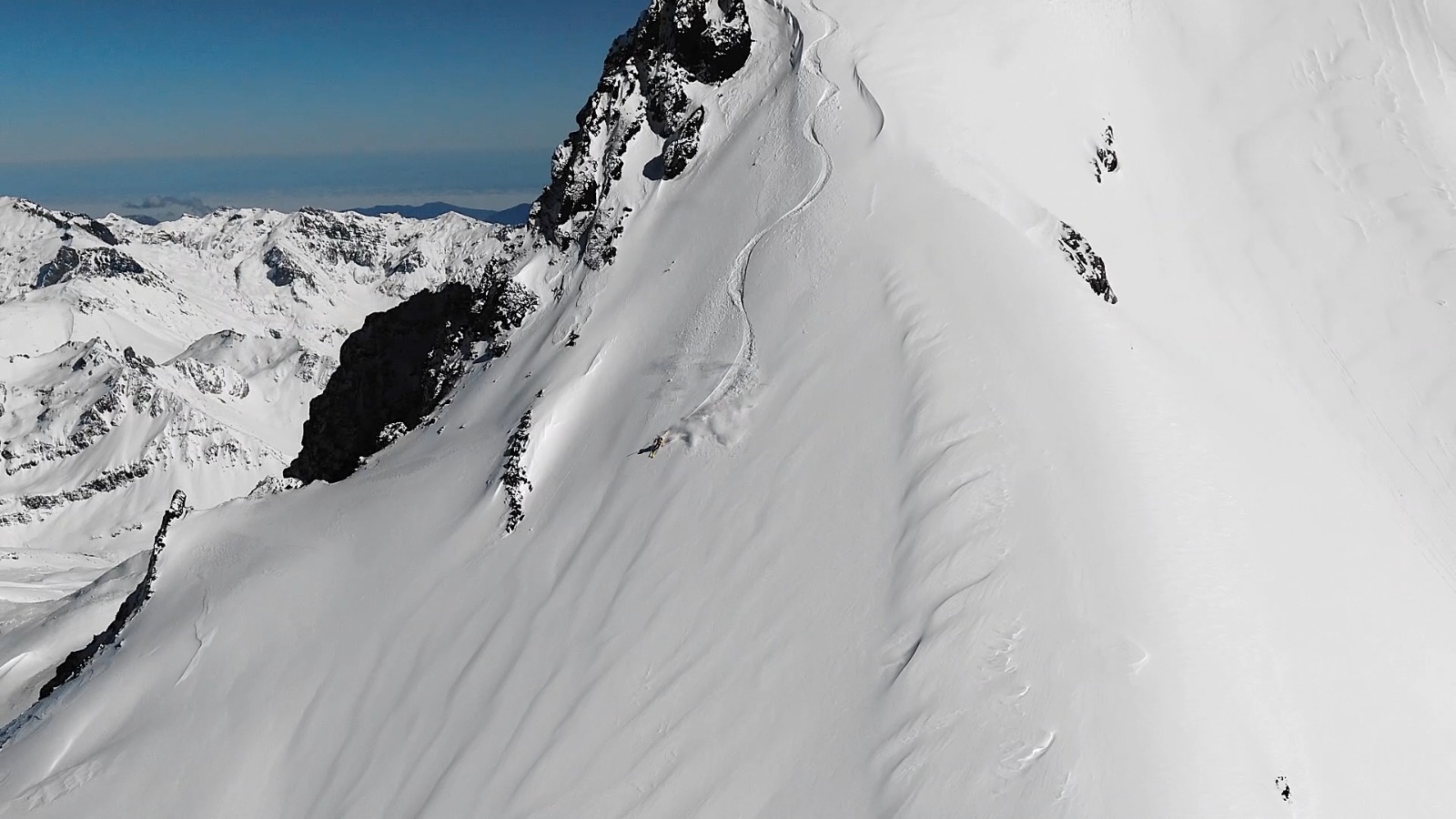
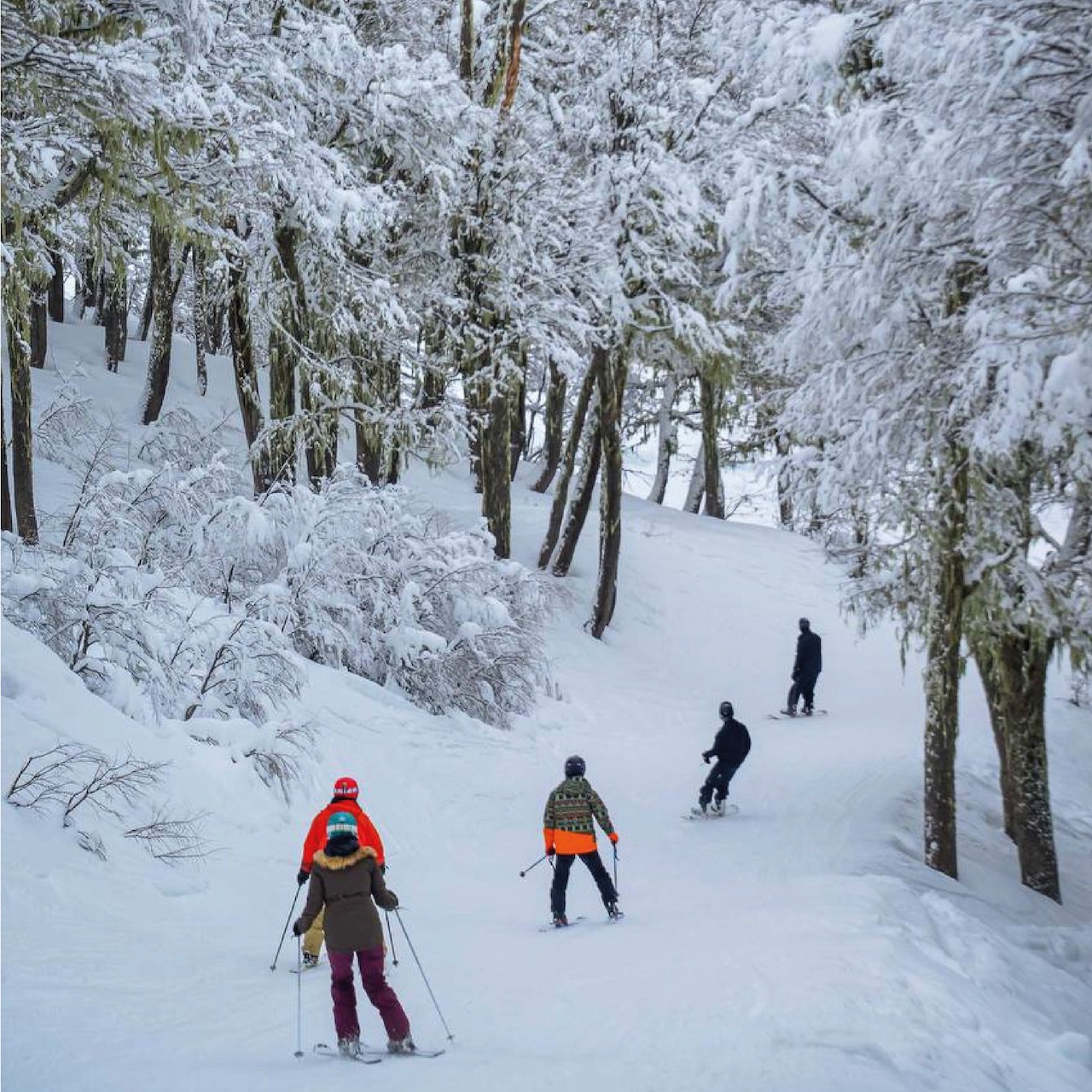
Cerro Catedral
Cerro Catedral is located 11 miles (17 km) from Bariloche, in Argentina’s Nahuel Huapi National Park. With 2,965 acres of lift-accessed terrain, Cerro Catedral boasts South America's largest lift-accessed ski area. It offers a remarkable 3,510 feet (1,070 meters) of vertical drop, ranging from 3,379 feet to 6,890 feet (1,030 to 2,100 meters), and features slopes divided among various ability levels. The resort is best suited for intermediate and advanced riders, but beginners are not left out. Catedral is known for its good tree skiing, and experts also have access to a range of alpine off-piste options as well as side-country chutes and bowls.
The infrastructure at Cerro Catedral is relatively well-developed by South American standards. It stands out as one of the few resorts in the region with a true base village, offering accommodations, restaurants, rentals, and other skier services directly at the foot of the mountain. However, it's important to note that the lift infrastructure is aging, and delays due to wind or maintenance are not uncommon. Crowds can also be an issue during weekends and peak holidays, particularly if lift capacity is reduced.
Quick facts:
- Highest elevation: 7150 ft.
- Vertical drop: 3800 ft.
- Number of runs: 58.
- Number of lifts: 35.
- Skiable acres: 4500.
- Average snowfall: 350 in.

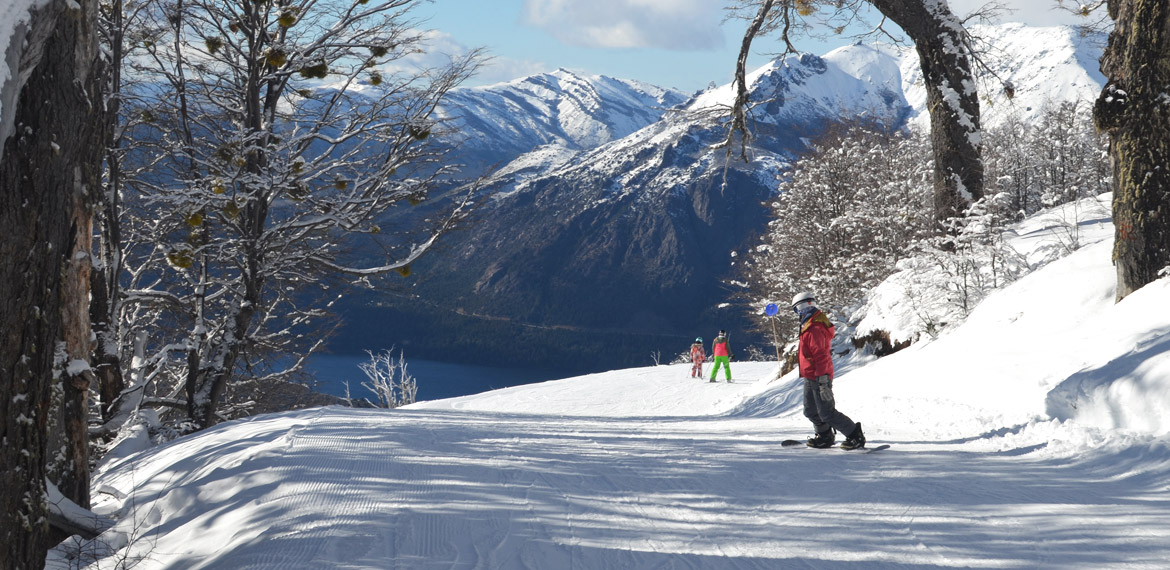
Las Leñas
Las Leñas, set in the rugged Andes of western Mendoza Province, is one of Argentina’s most iconic ski resorts, renowned for its steep, high-alpine terrain. Its remote location—about 50 miles (80 km) from the town of Malargüe and over 250 miles (400 km) from the city of Mendoza—means getting there takes some planning. However, for skiers and riders in search of serious vertical and big-mountain lines, the journey is well worth the effort.
The resort is best known for its off-piste access and technical terrain. When conditions allow, the upper mountain—especially the terrain accessed by the Marte chair—delivers some of the longest and most sustained fall-line descents in the Southern Hemisphere. Runs like Eduardo’s and El Collar are standout favourites, with steep pitches, variable snow, and wide-open faces that challenge even experienced riders. Marte Bowl and Paraiso offer more expansive alpine options, and there’s potential for touring when the weather cooperates.
That said, Las Leñas isn’t just for experts. There’s a solid offering of groomed runs for intermediates and lower-mountain terrain that caters to less advanced skiers. However, beginners may find the resort limited, and weather can significantly affect lift operations.
Snow quality is hit or miss. When storms align, the snow can be excellent—dry and light, especially up high. But wind and sun exposure can also create variable or firm conditions, and snowfall totals vary considerably season to season.
Las Leñas has a lively après-ski atmosphere, with several bars and spots to unwind after a day on the slopes. The village features a variety of ski-in, ski-out lodging options, making it easy to access the slopes. On-mountain infrastructure is basic, with hotels, restaurants, rentals, and ski schools available for visitors.
Quick facts:
- Highest elevation: 11,250 ft.
- Vertical drop: 4000 ft.
- Number of runs: 30.
- Number of lifts: 15.
- Skiable acres: 17,500.
- Average snowfall: 200 inches.
- Catskiing: Yes.
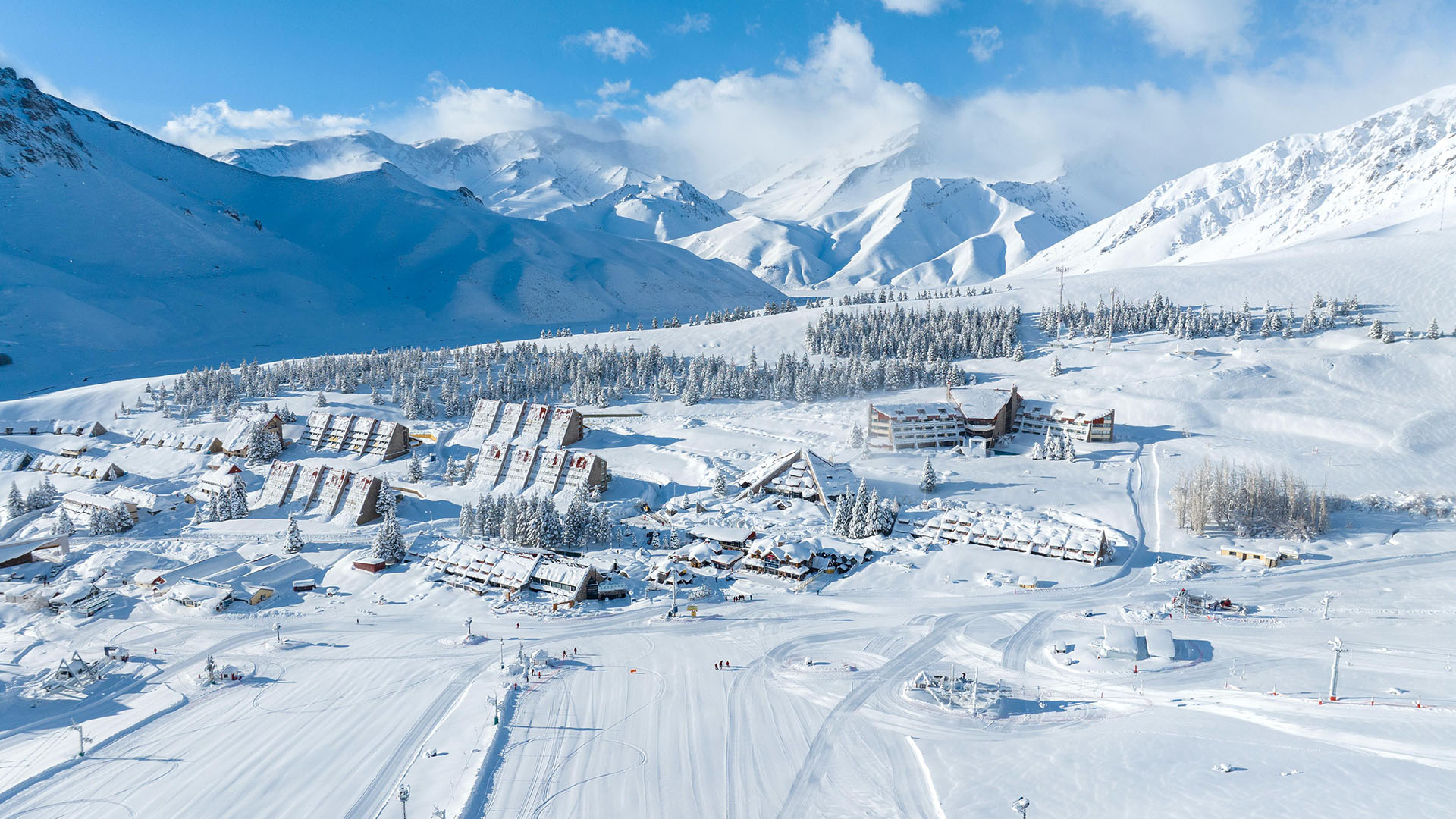
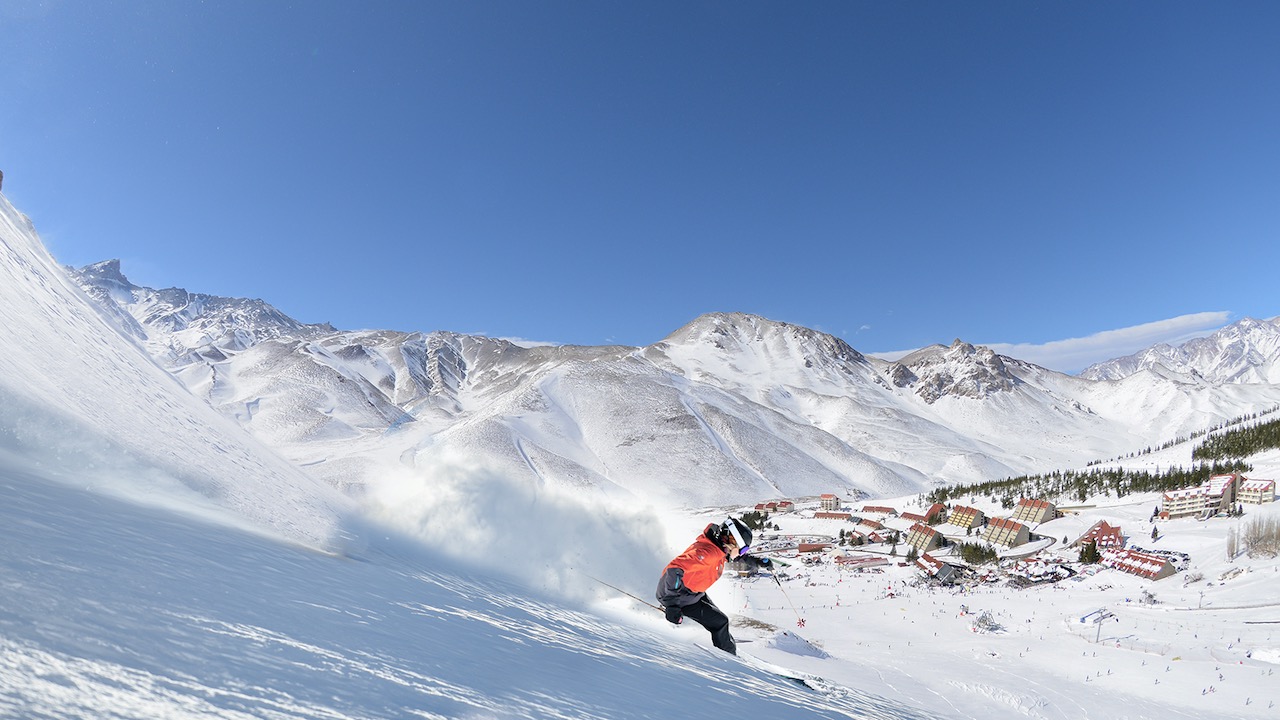
El Azufre Mountain Lodge
The remarkable El Azufre Mountain Lodge is the world’s first 100% self-sustaining ski center. Sitting at an altitude of 7,874 feet (2,400 meters), it boasts one of the longest winter seasons in the Southern Hemisphere, typically running from June to October.
Hidden deep within the Andes and best accessed by helicopter, El Azufre offers true seclusion. Each day presents new opportunities to explore the surrounding untouched terrain via helicopter, with descents of up to 5,200 vertical feet (1,585 meters). Off the snow, the mountain lodge provides a warm and welcoming environment for guests to disconnect, featuring exceptional gastronomy and fine wines. The lodge is 100% eco-friendly in design and powered entirely by solar energy.
El Azufre is a 30-minute helicopter flight from Las Termas de Los Molles and is located about 25 miles (40 km) southwest of Las Leñas.
Quick facts:
- Highest elevation: 13,945 ft.
- Vertical drop: 5250 ft.
- Skiable acres: 30,000+
- Average snowfall: 400 inches.
- Heliskiing: yes.
- Catskiing: yes.
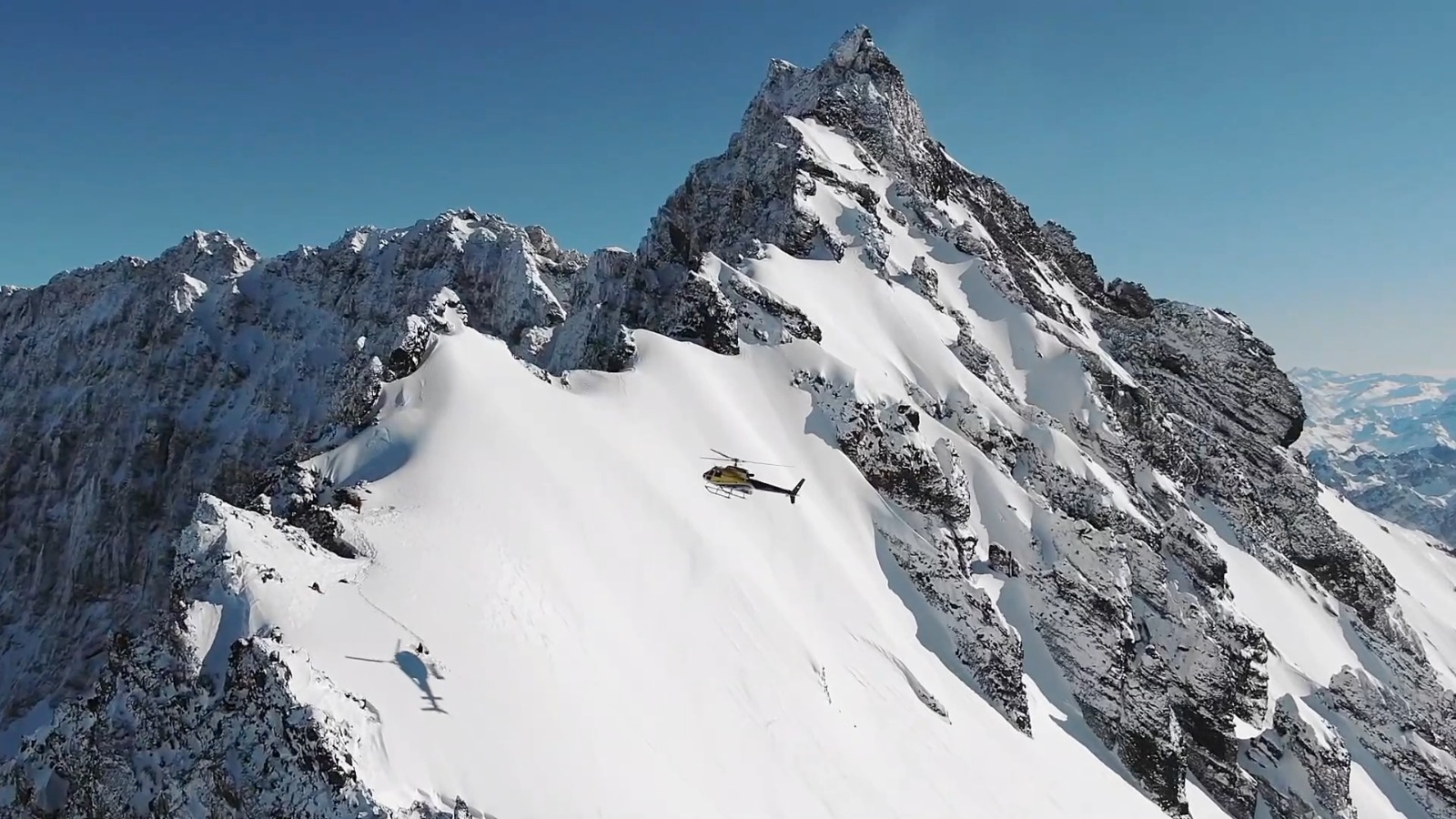
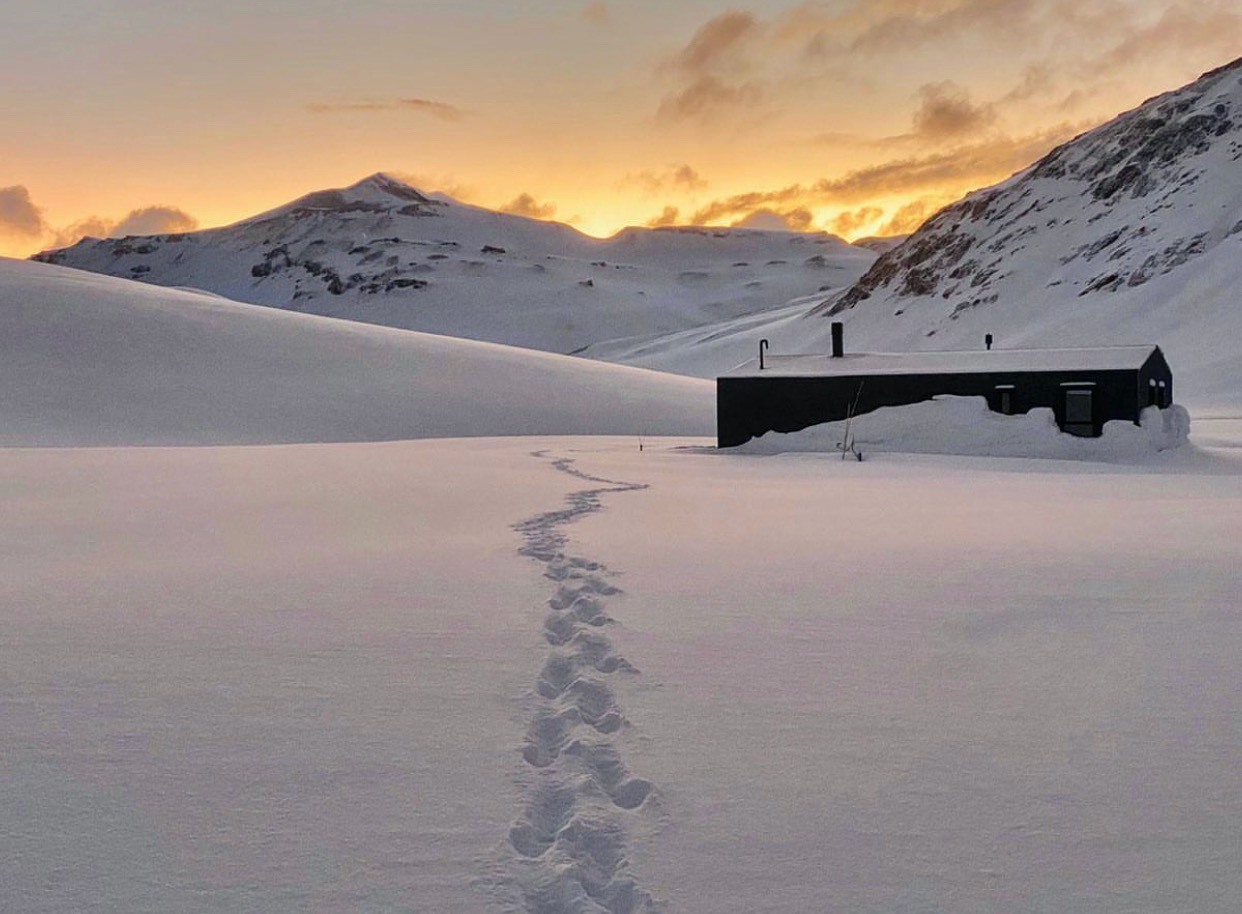
Cerro Chapelco Ski Resort
Tucked near the town of San Martín de los Andes, Chapelco is one of the best-kept secrets in Argentine skiing. With panoramic views of Volcán Lanín and Lake Lácar, the setting alone is worth the trip, but what really sets it apart is the experience on the mountain.
Cerro Chapelco is known not just for its stunning scenery but also for its well-developed resort infrastructure. The mountain offers a variety of terrain that caters to all ability levels, from wide, groomed runs to more challenging lines higher up. One of Chapelco’s most distinctive features is its ancient forest, where skiers can weave through moss-draped trees in a peaceful, sheltered setting. As you climb higher, the landscape opens up into alpine bowls and chutes, offering plenty of off-piste opportunities for those eager to explore beyond the marked trails.
Quick facts:
- Highest elevation: 6500 ft.
- Vertical drop: 2500 ft.
- Number of runs: 26.
- Number of lifts: 13.
- Skiable acres: 4000.
= Average snowfall: 350 inches.
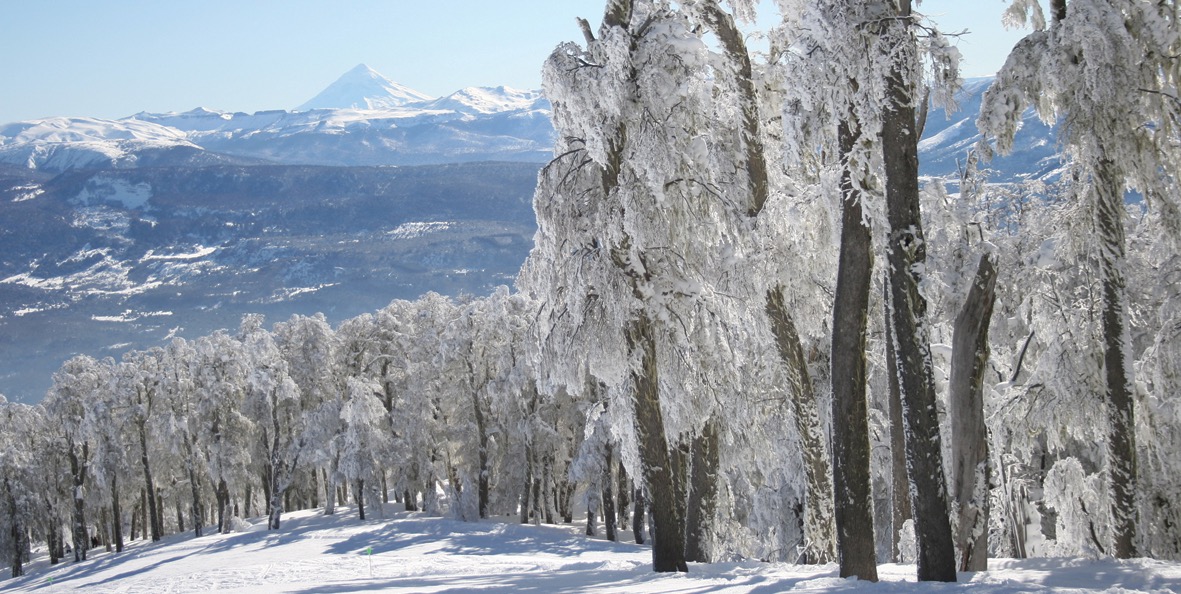
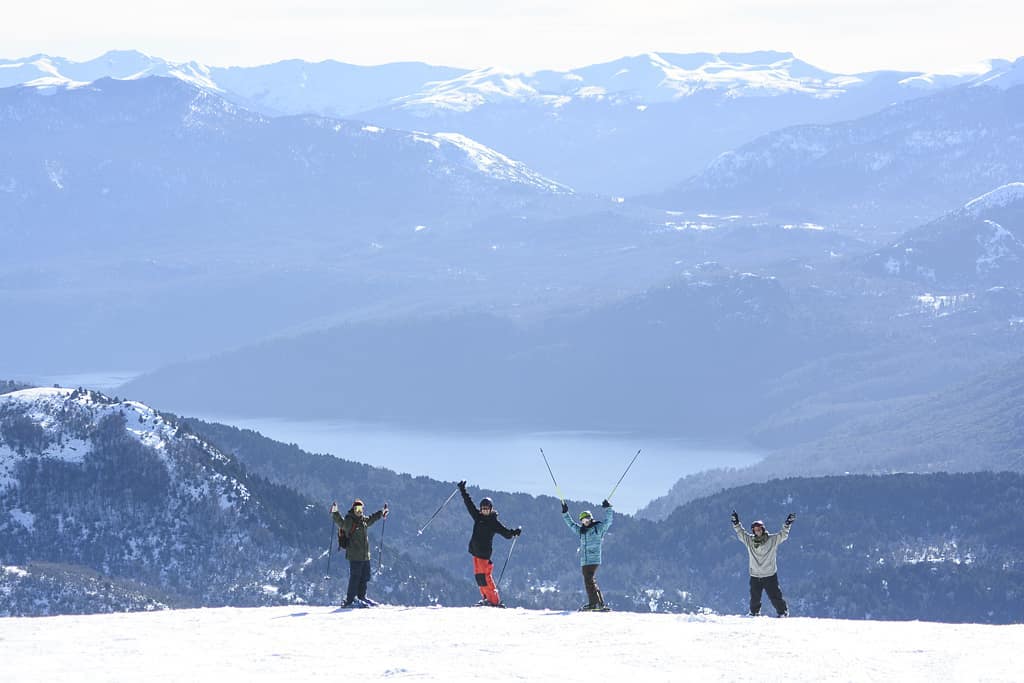
Mallin Alto
Near Bariloche, Mallin Alto is a haven for snowmobile skiing in pristine backcountry surroundings and a must for every adventurous skier and boarder. Despite its proximity to Bariloche, it feels like a world away from the city and can only be accessed via a heavy-duty 4WD vehicle and then snowmobile or an over-snow vehicle.
The amount of terrain at Mallin Alto is extremely varied and expansive. It is perfect for strong skiers and snowboarders with off-piste knowledge, but there are slopes for beginners. Unlike snowcat skiing, you’ll get up the hill quickly. Mostly the ascents are done with snowmobiles or ATVs, with plenty of untouched slopes for skiing or snowboarding on the way down.
The rustic lodge is nestled at 1,650 metres in the Patagonian mountains, heated by wood fires, and offers breathtaking views and a unique, comfortable atmosphere. The experience includes gourmet meals prepared by a skilled chef, accompanied by Argentine wine in the traditional asado style.
Quick facts:
- Highest elevation: 7900 ft.
- Vertical drop: 4600 ft.
- Skiable acres: 15,000.
- Average snowfall: 350 inches.
- Catskiing: Yes.
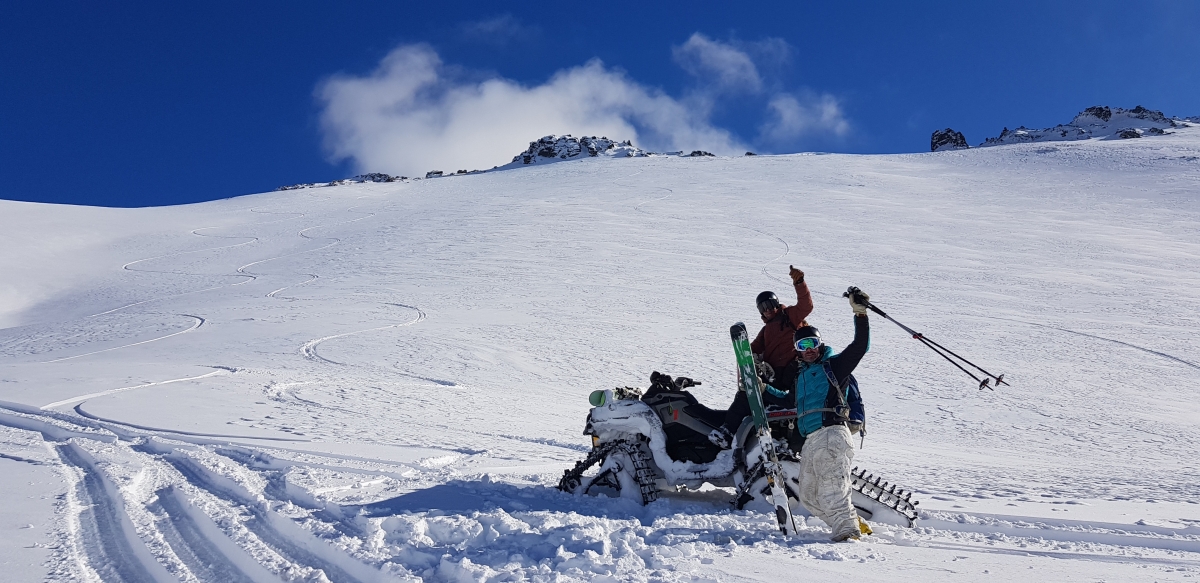
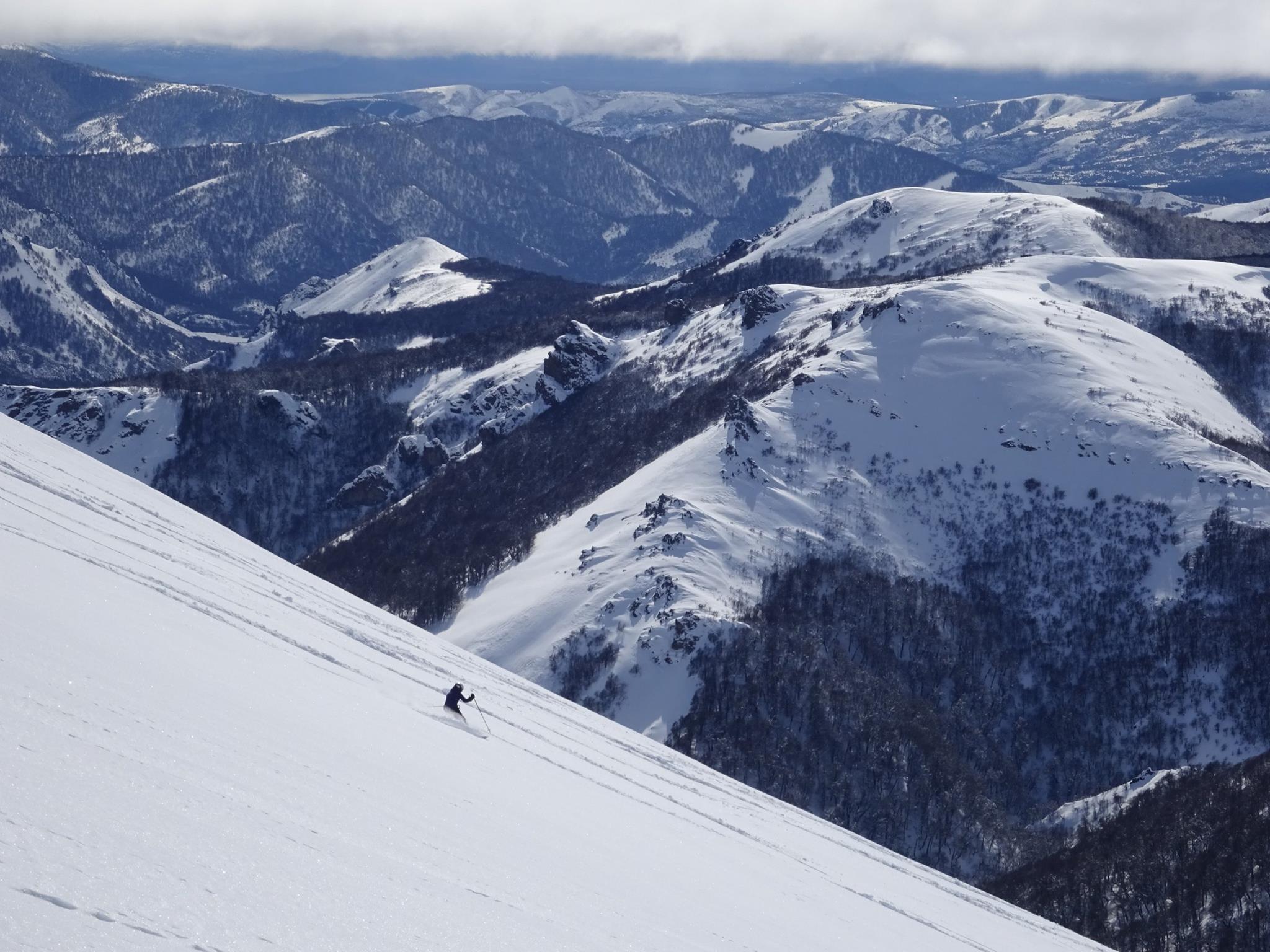
Baguales Mountain Reserve
Baguales is situated in the southernmost region of Nahuel Huapi National Park, just over an hour from the city of Bariloche. The journey to Baguales is an adventure in itself, offering a unique experience that includes four-wheel drive river crossings, sleds, and snowcats.
For a unique Patagonian ski experience, the reserve provides a playground of pristine backcountry touring and snowcat skiing and snowboarding terrain with open mellow slopes suitable for intermediates, as well as diverse alpine terrain catering to more advanced skiers and snowboarders.
The main lodge, made with locally sourced materials, features four large double bedrooms, each equipped with a private bathroom. The lobby area with a fireplace creates a perfect space for relaxation after an incredible day exploring the mountains. There are also two self-contained cabins.
Quick facts:
- Highest elevation: 7800 ft.
- Vertical drop: 2300 ft.
- Skiable acres: 25,000.
- Average snowfall: 350 inches.
- Catskiing: Yes.
